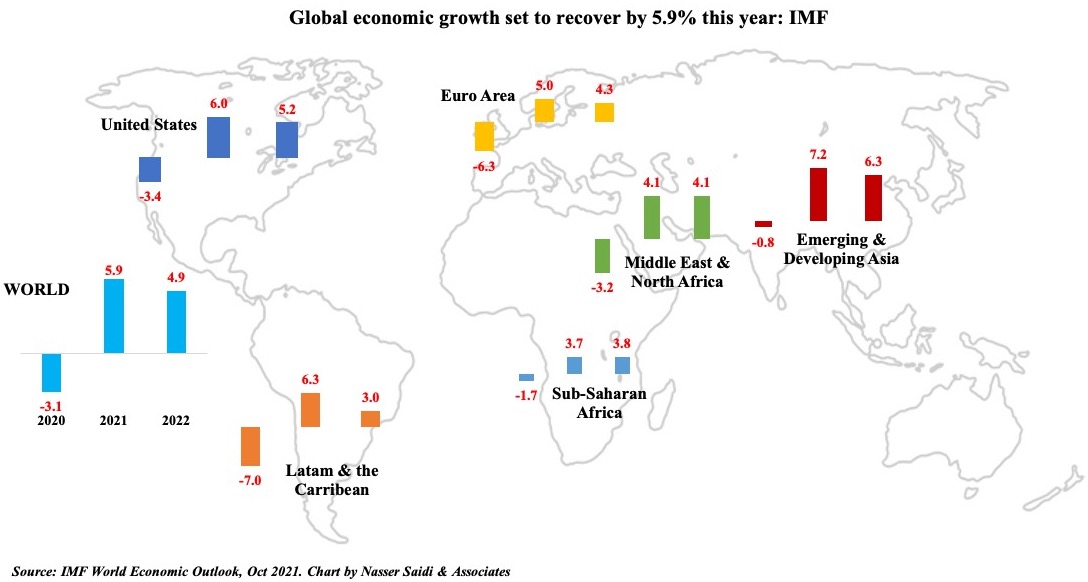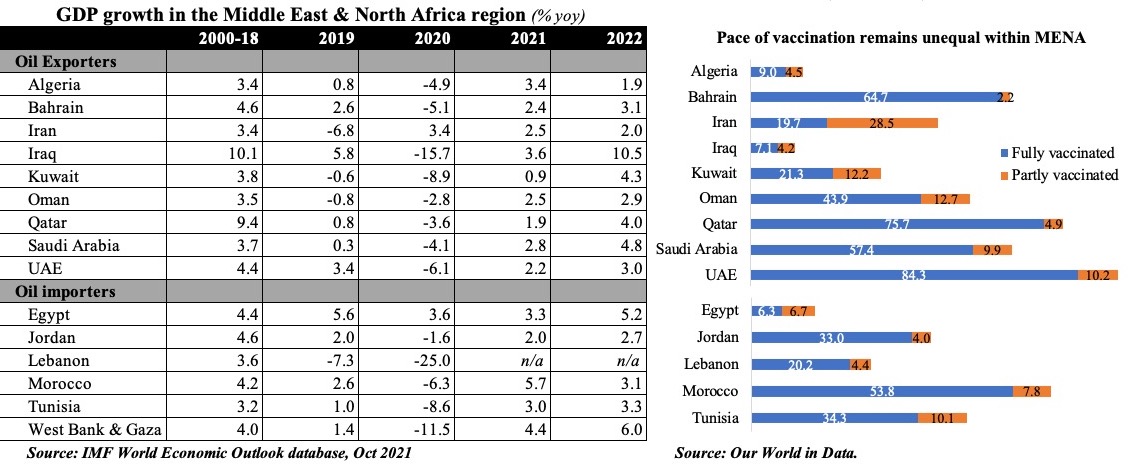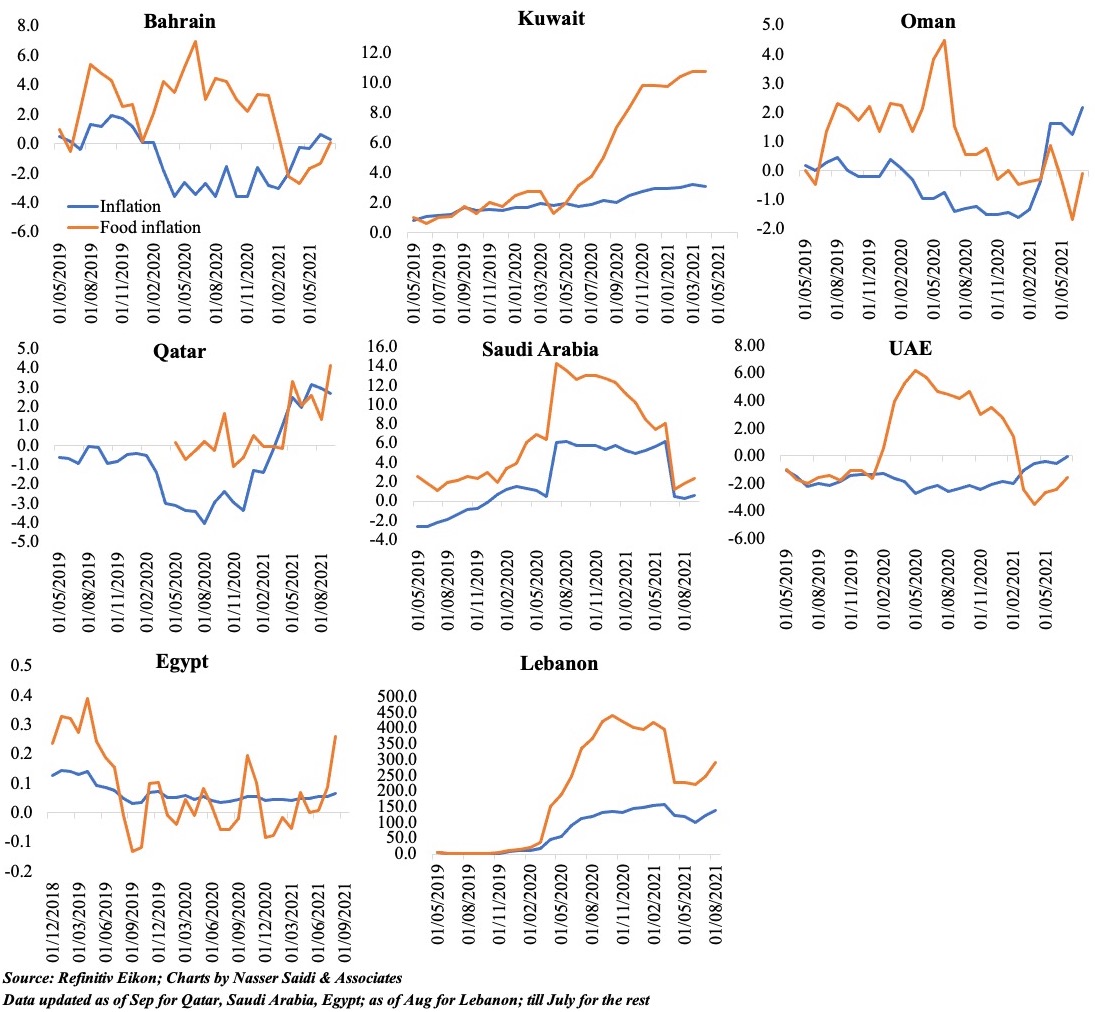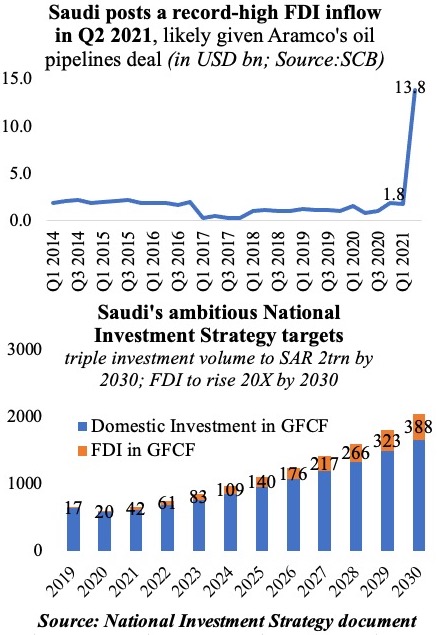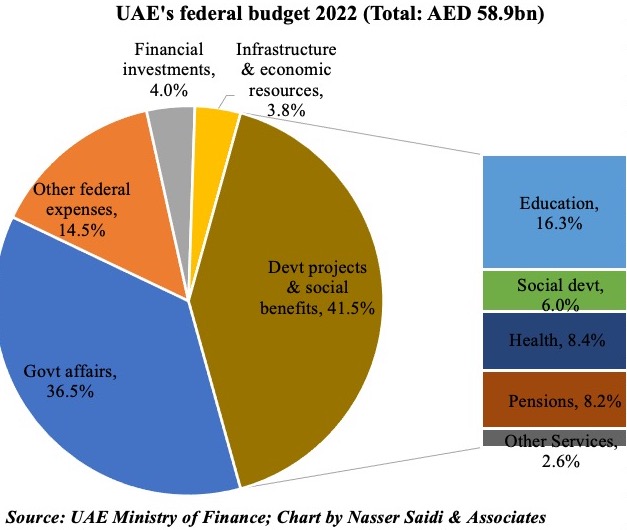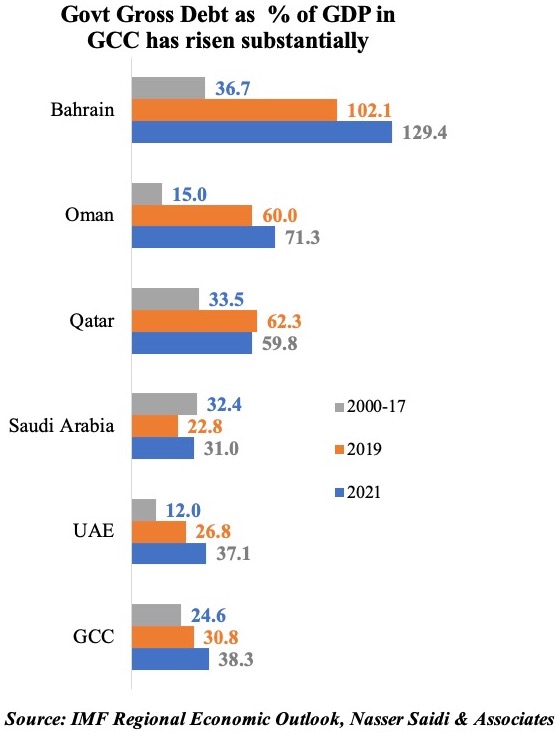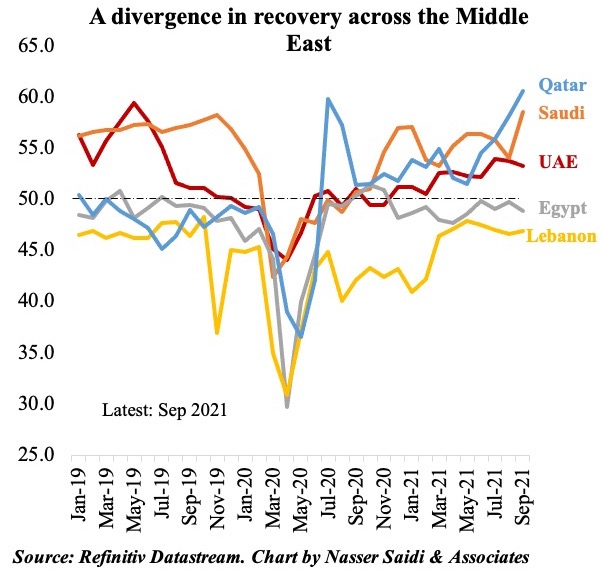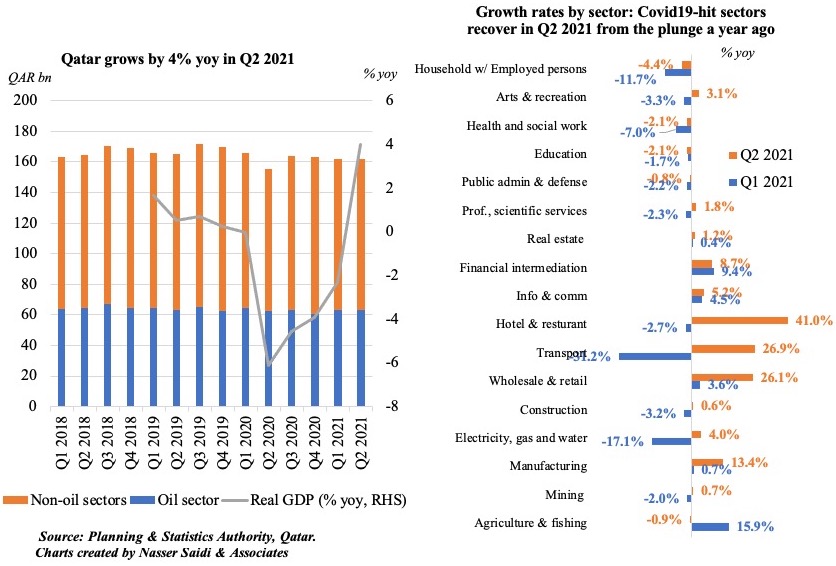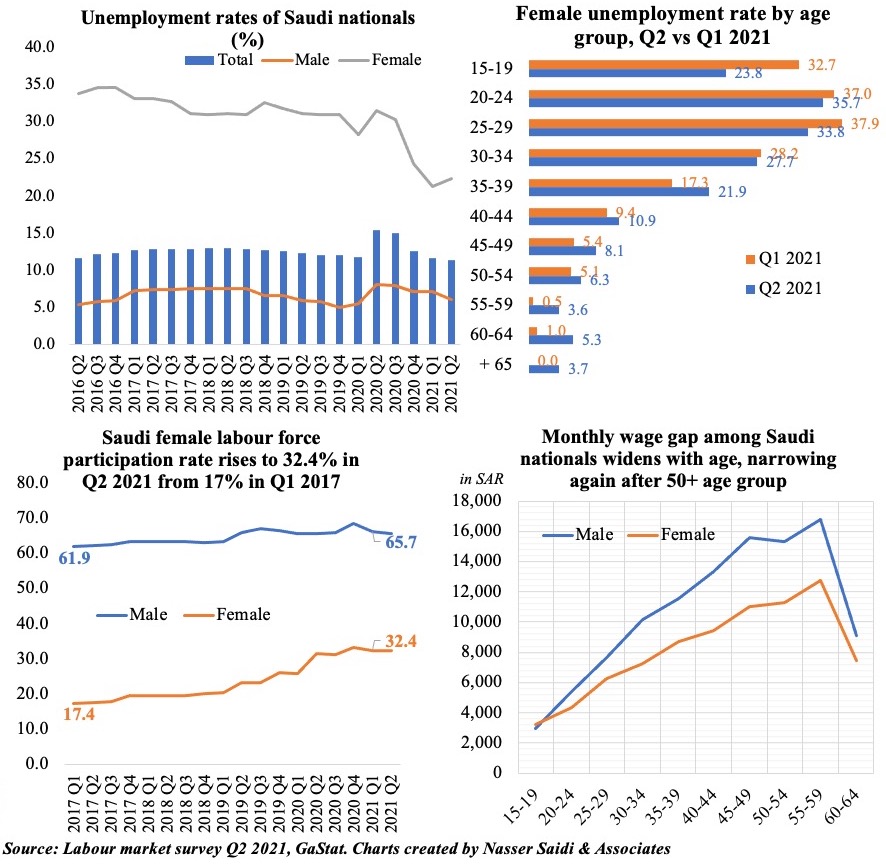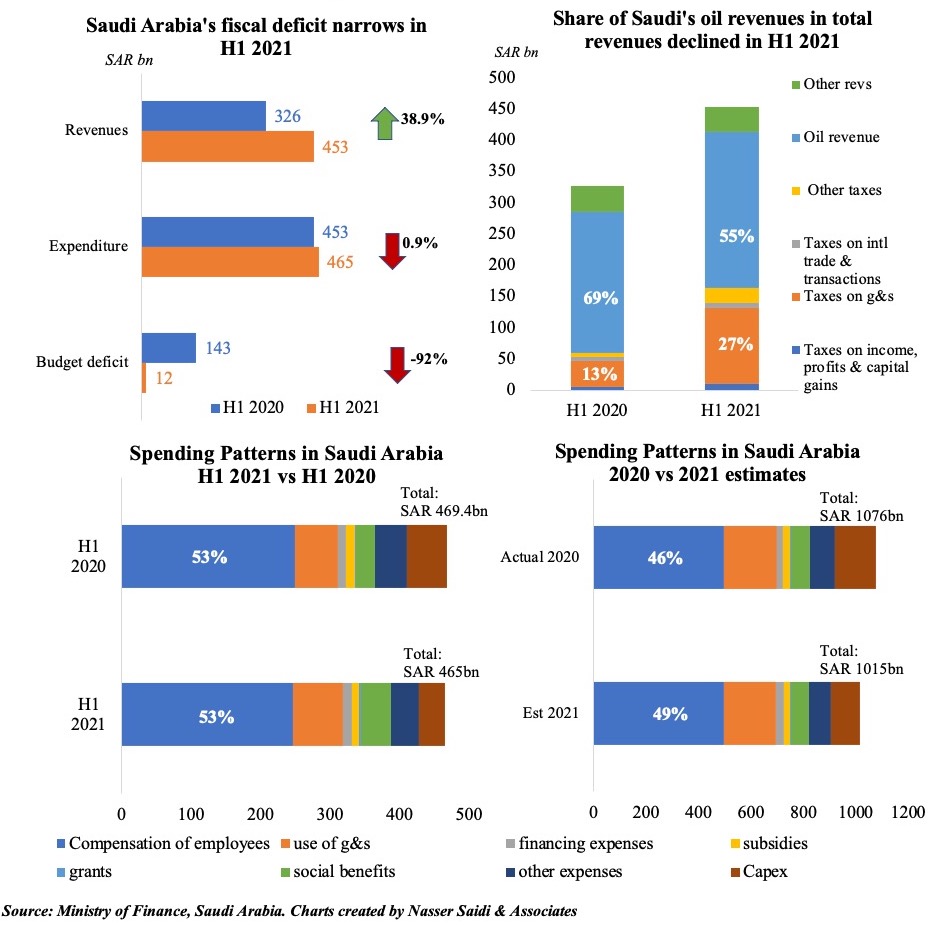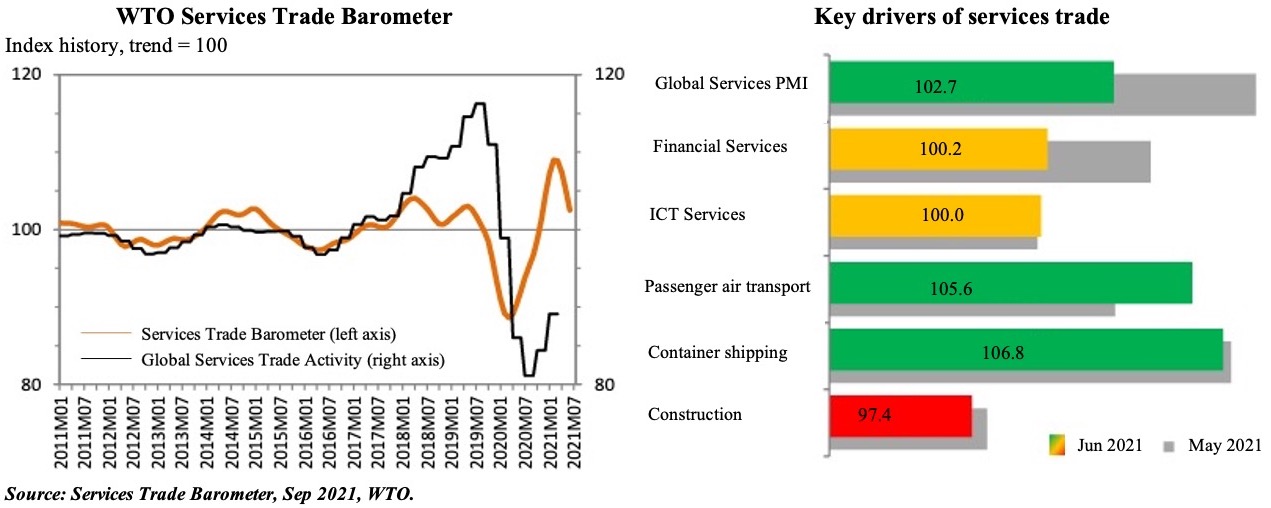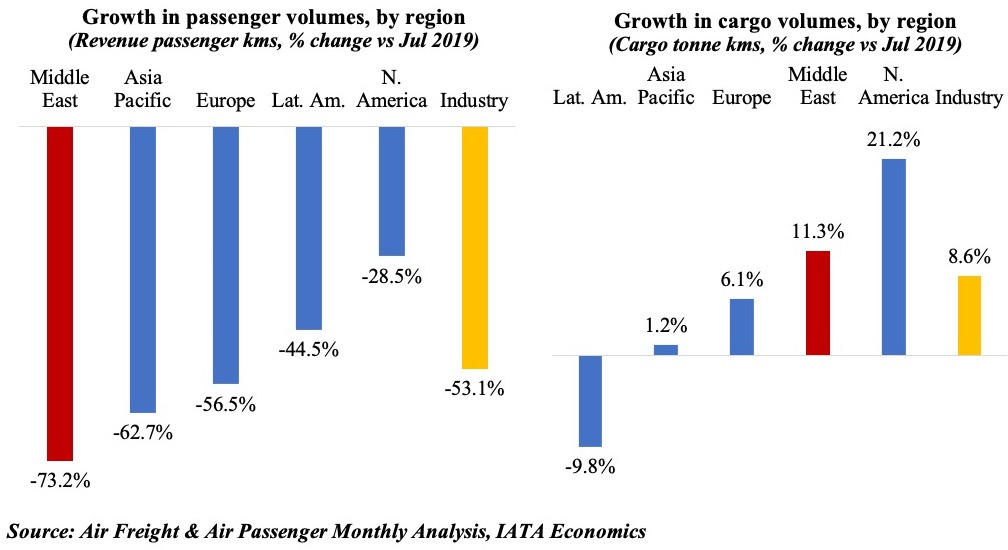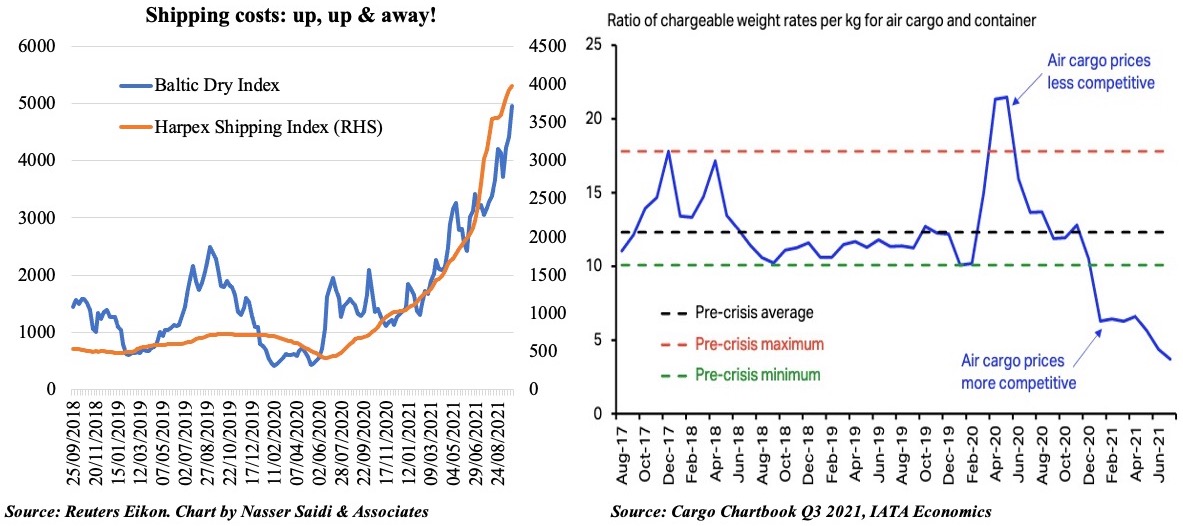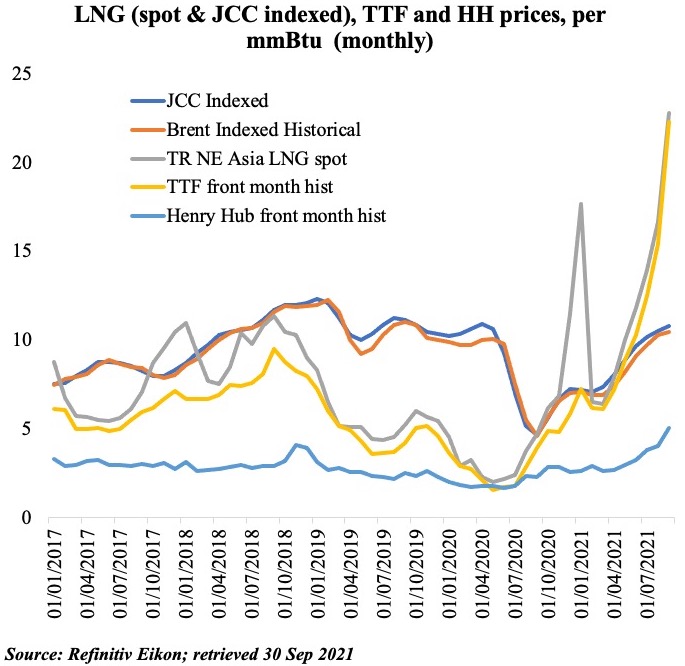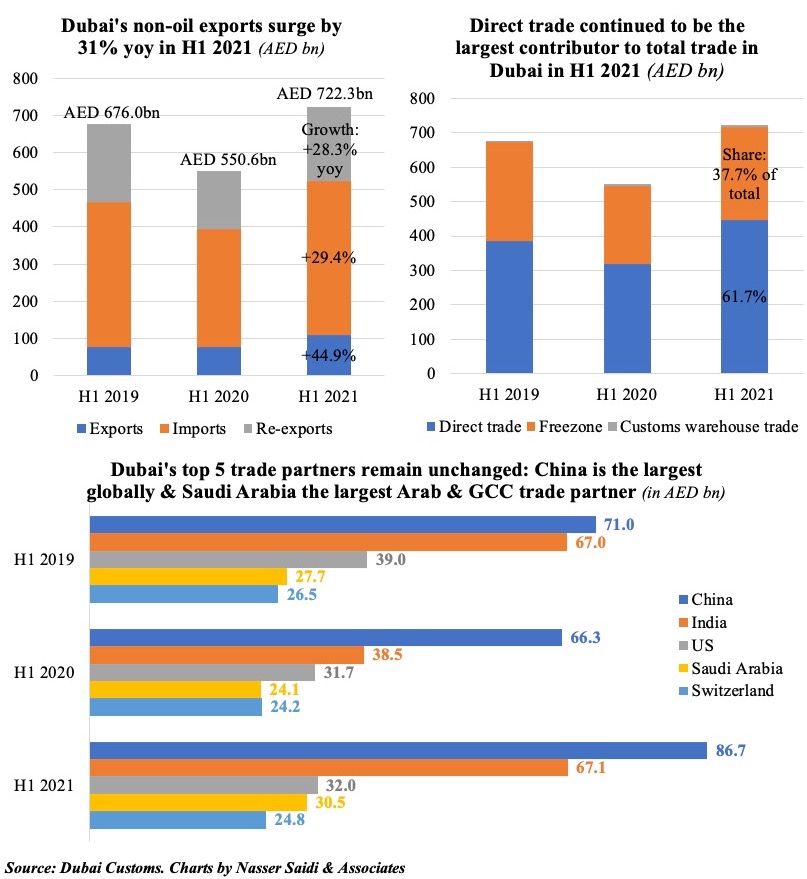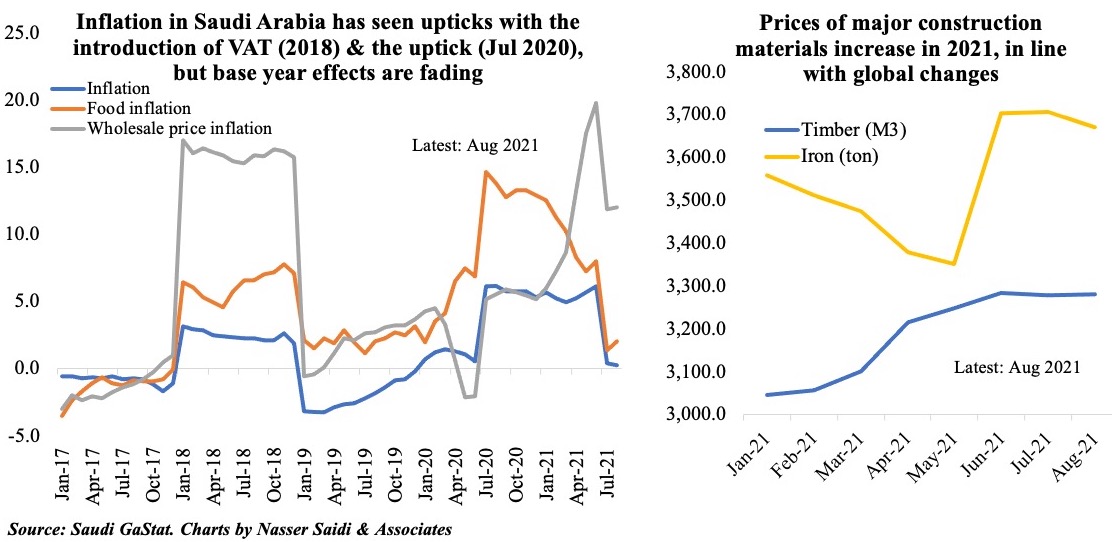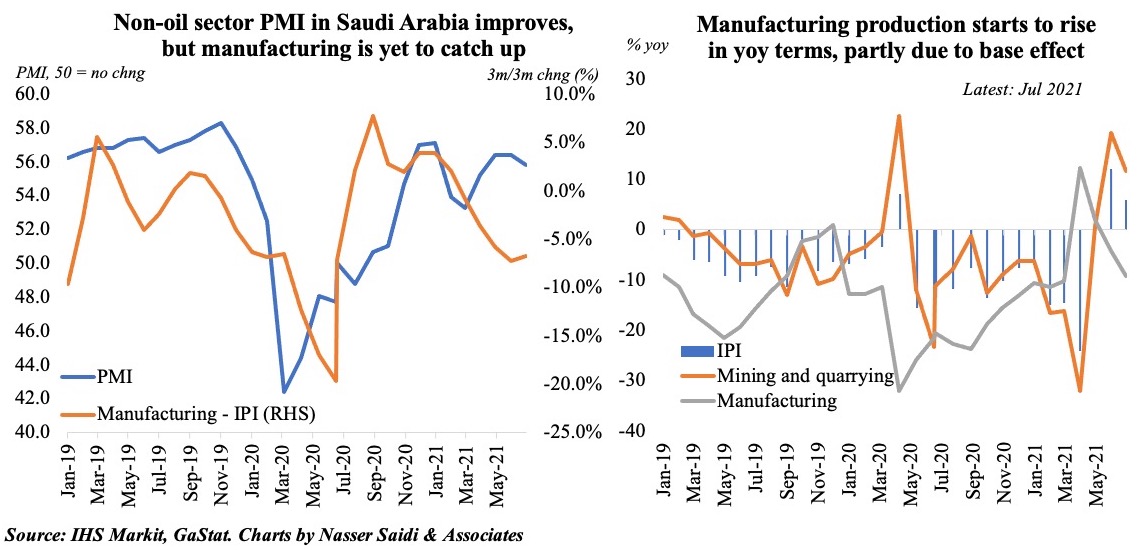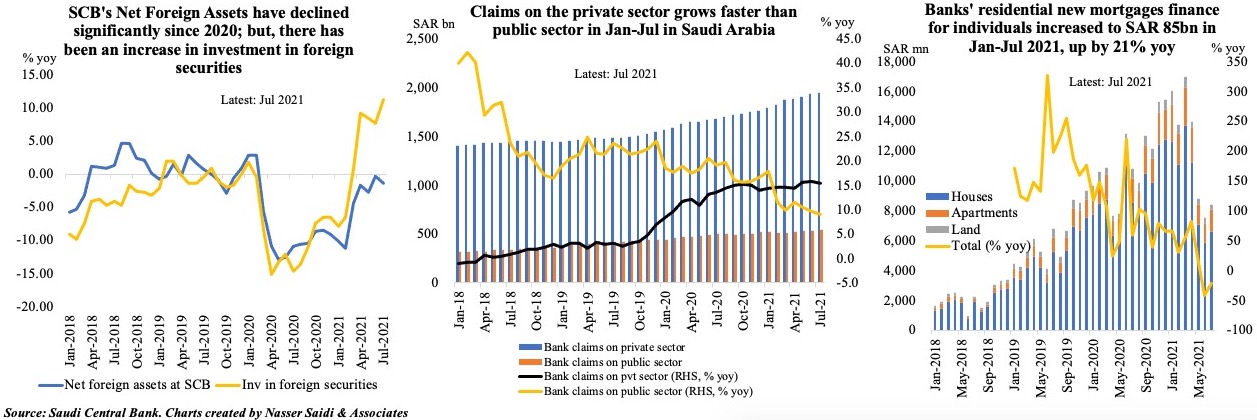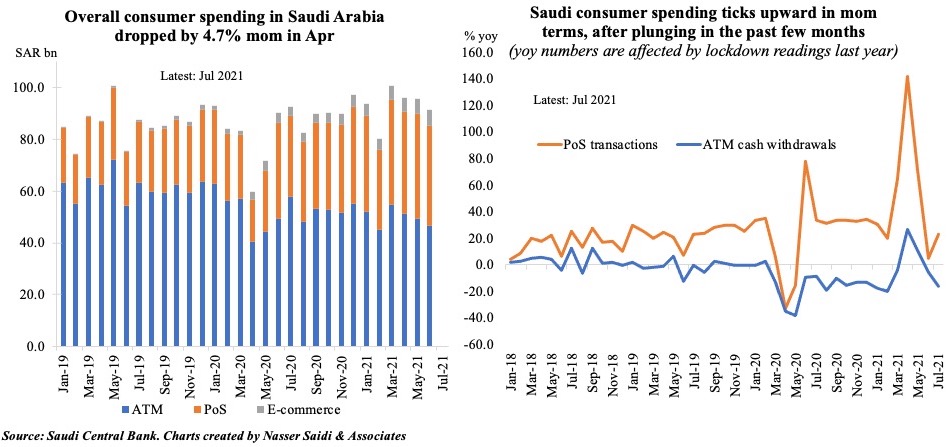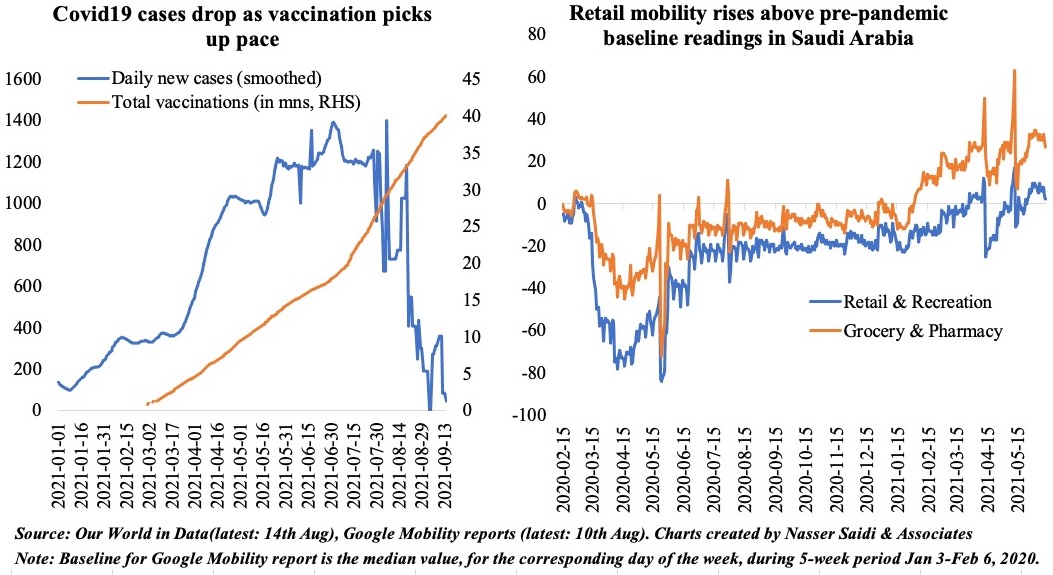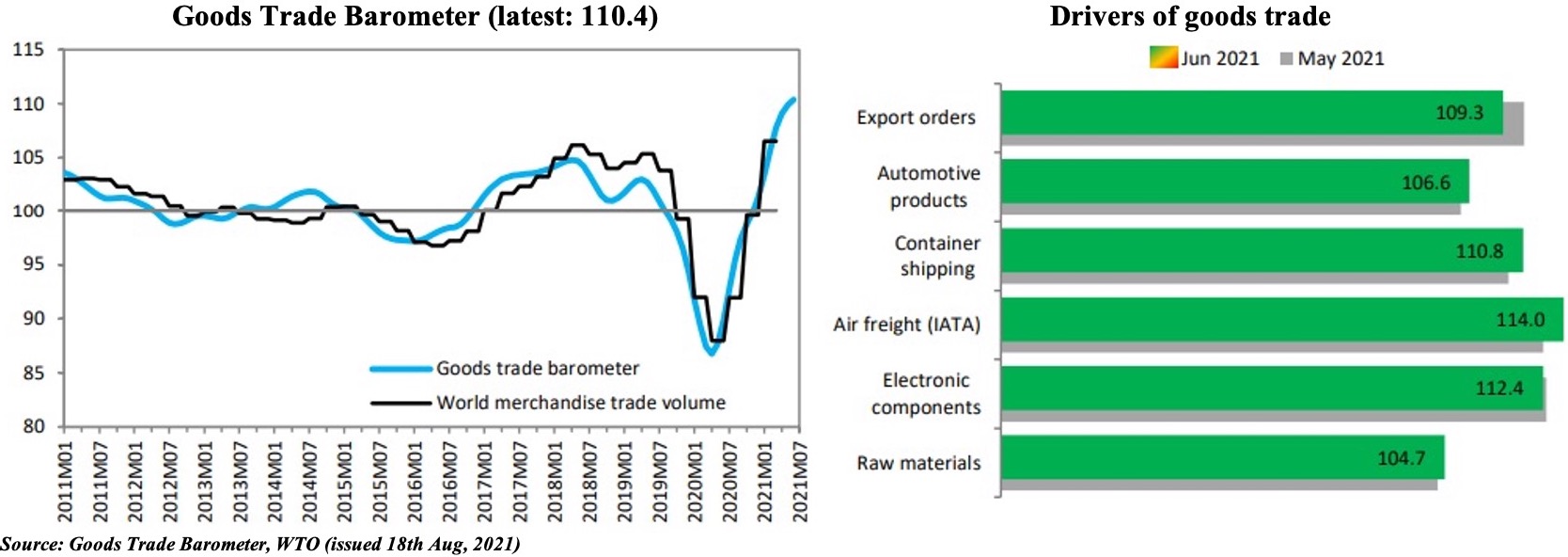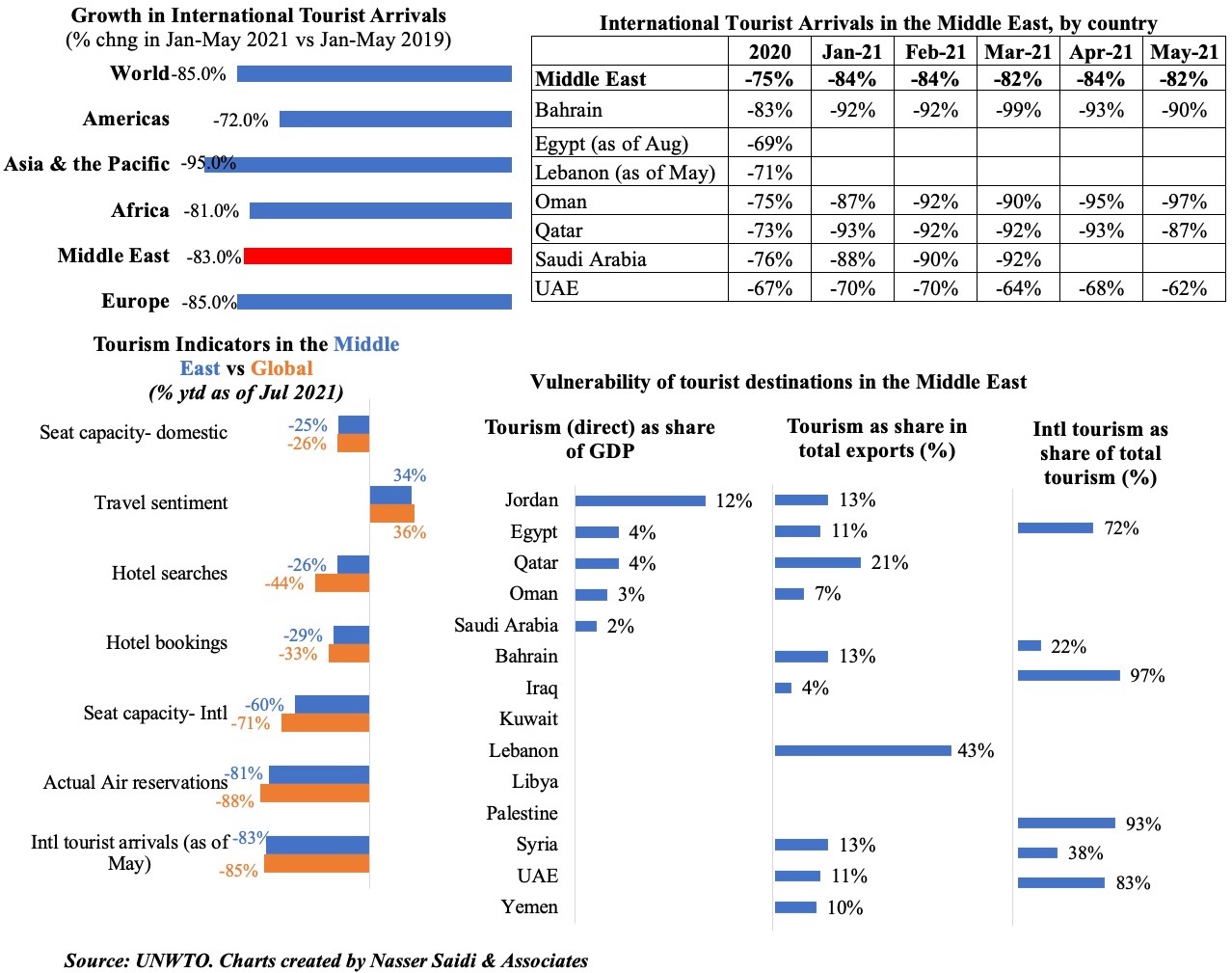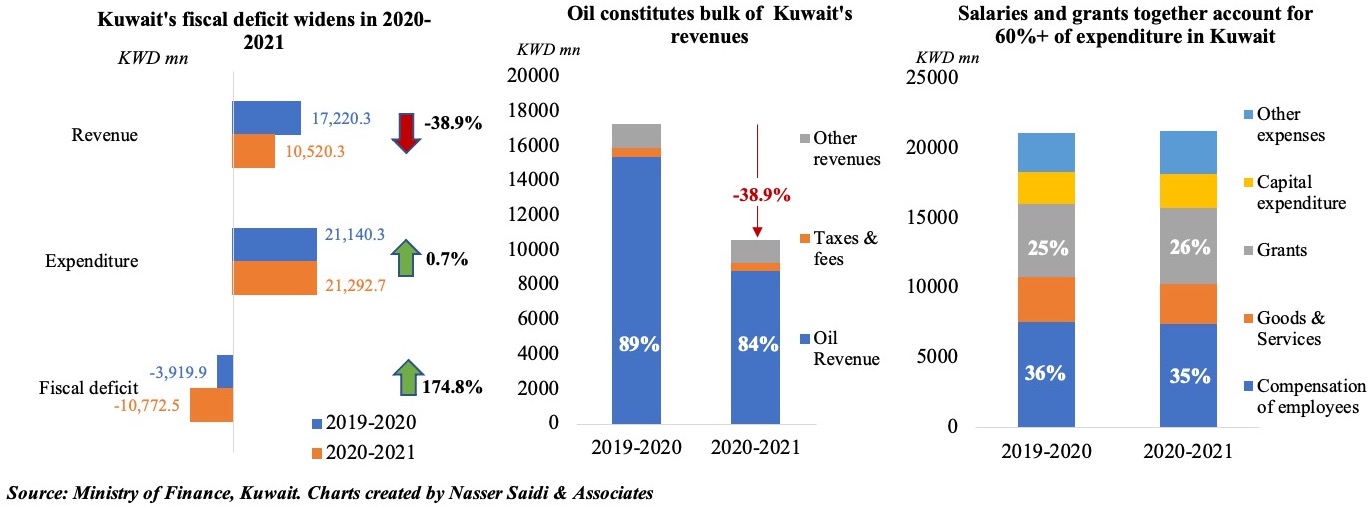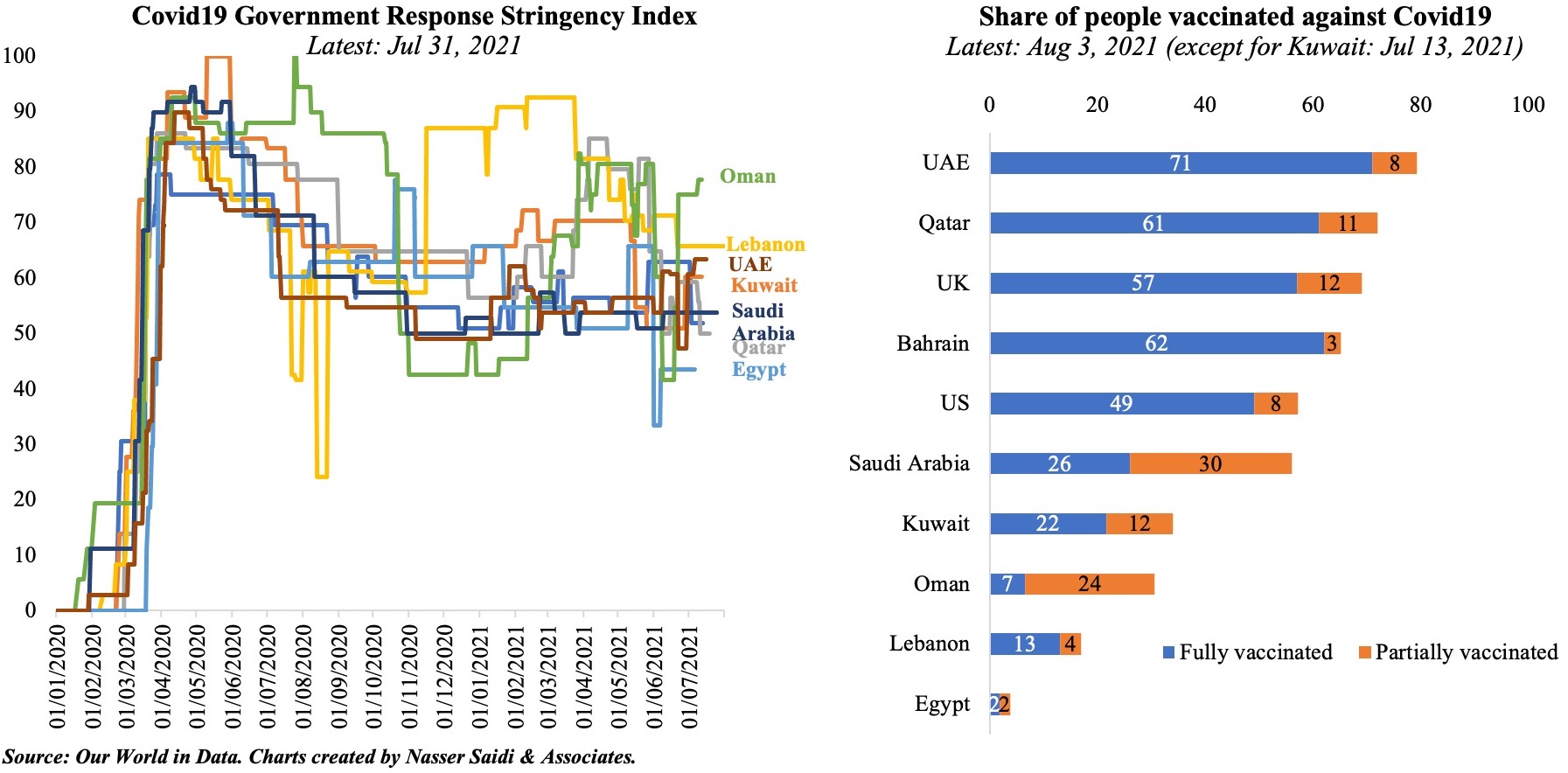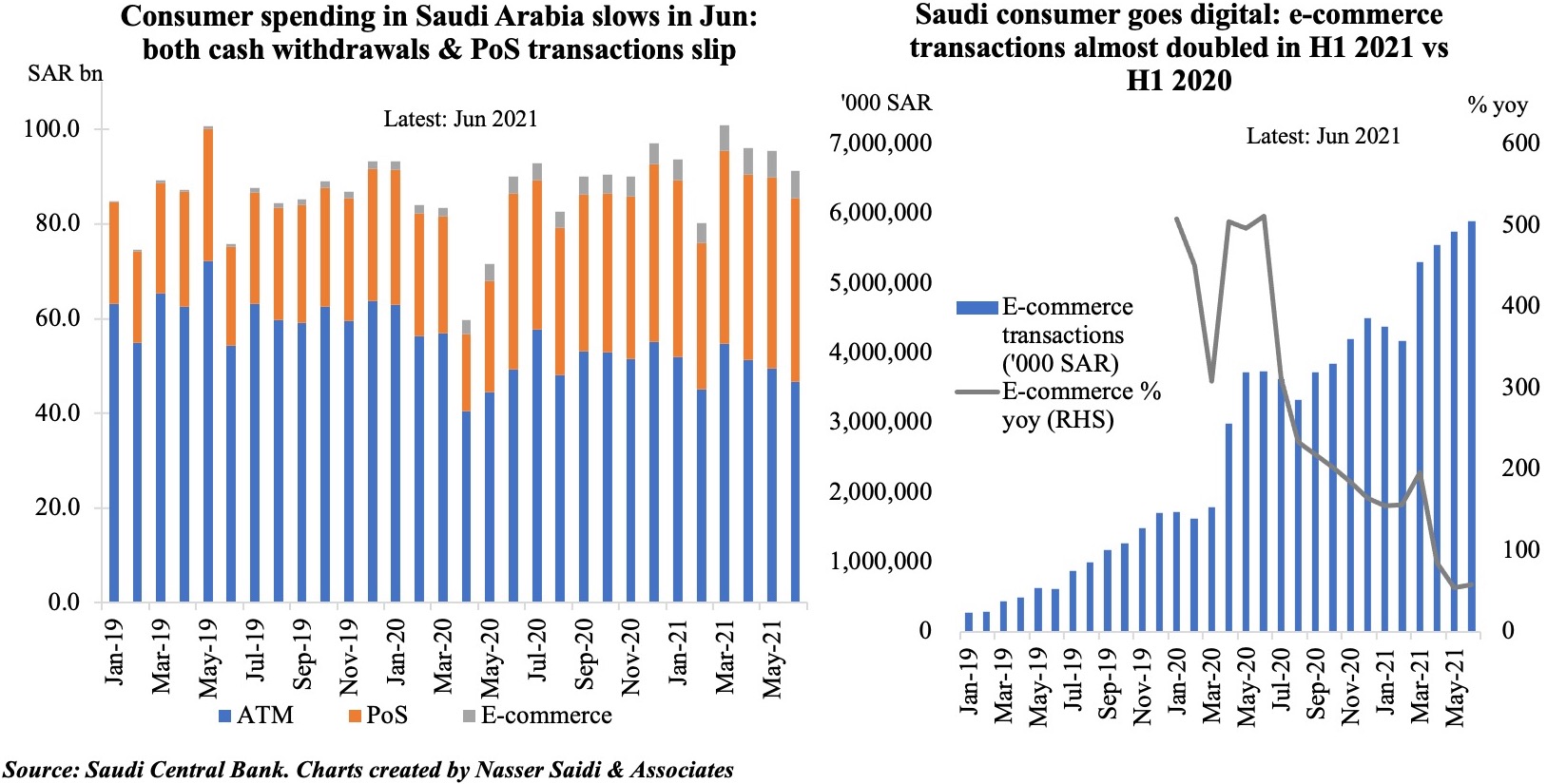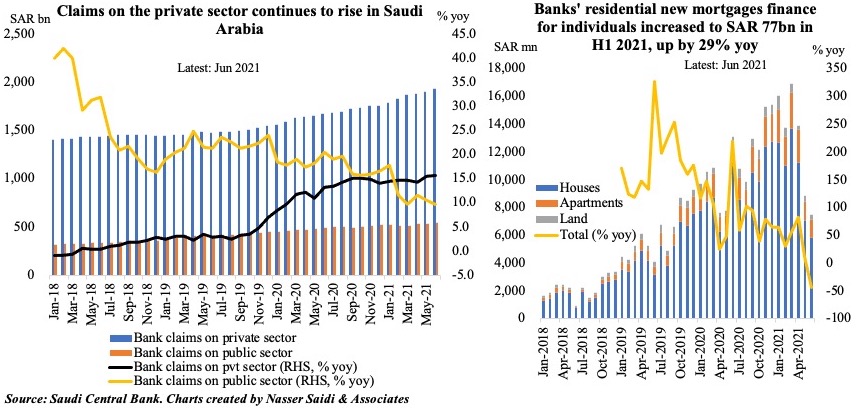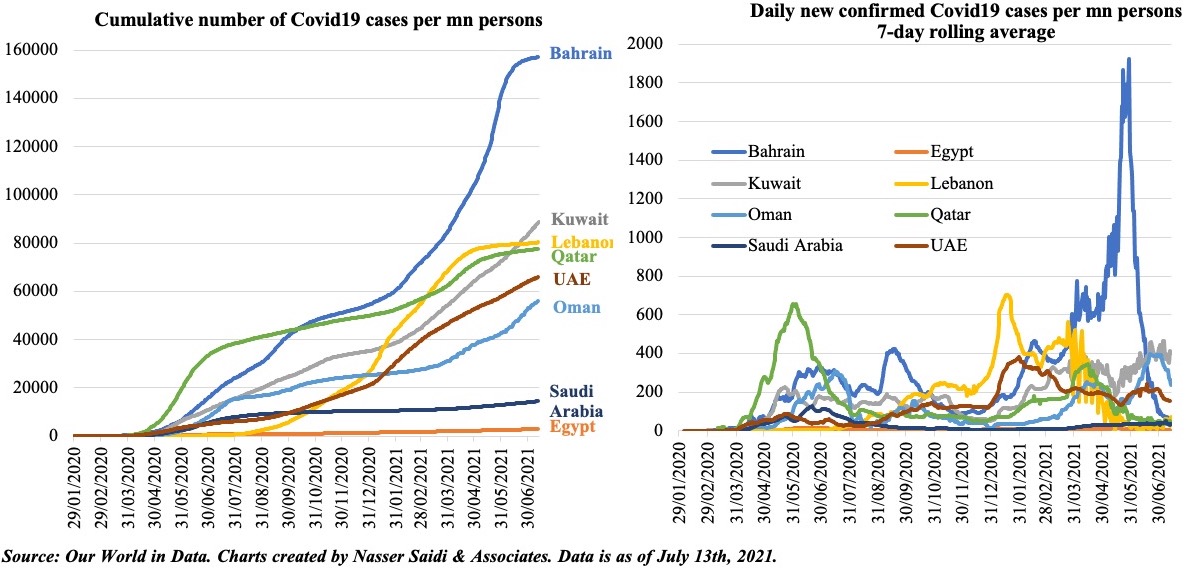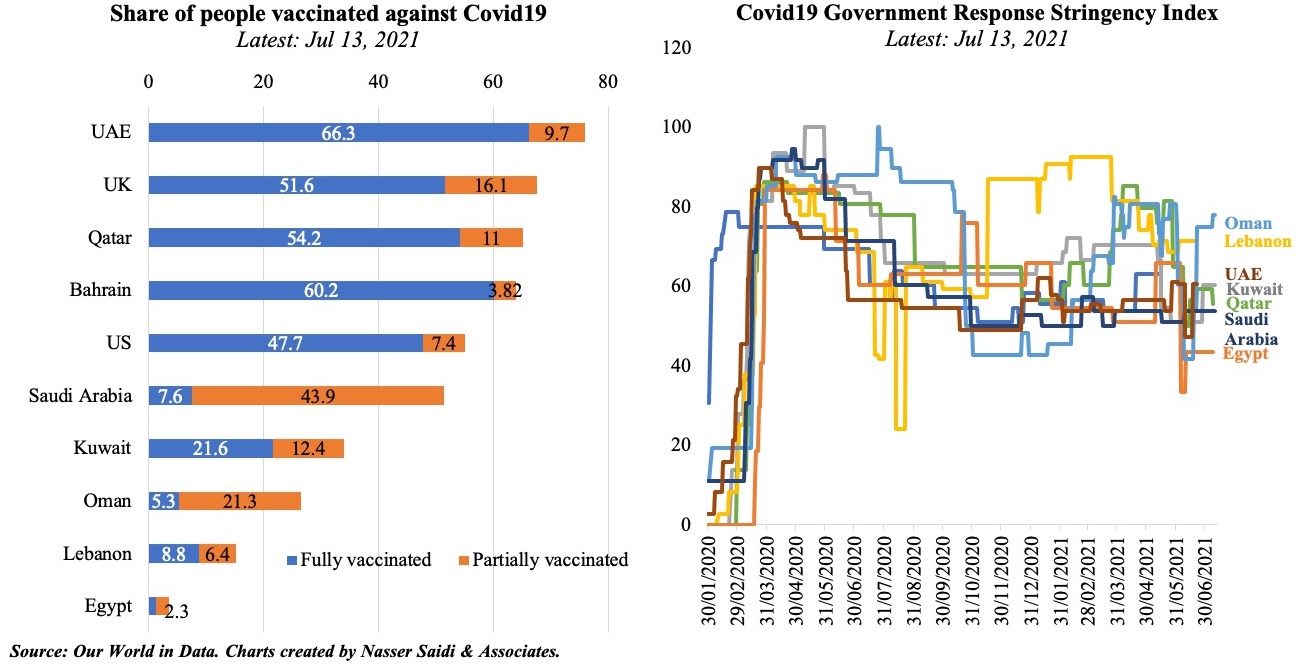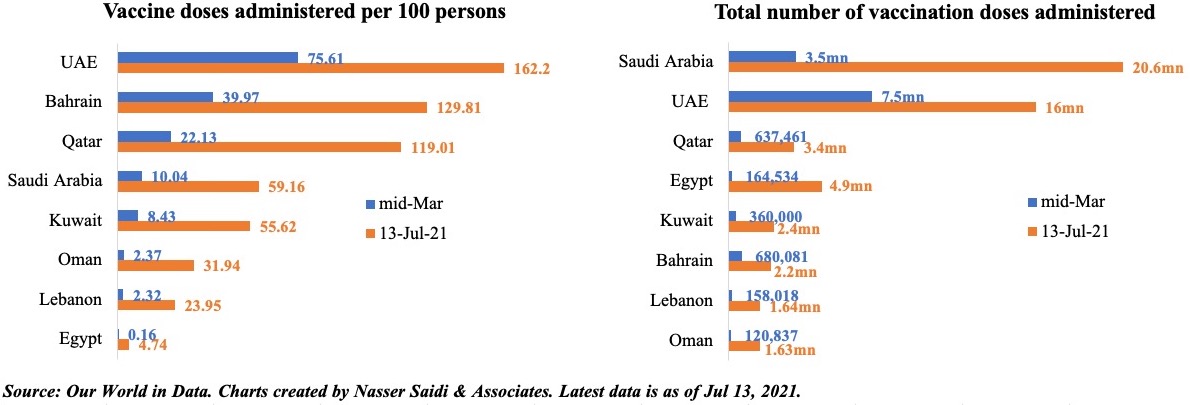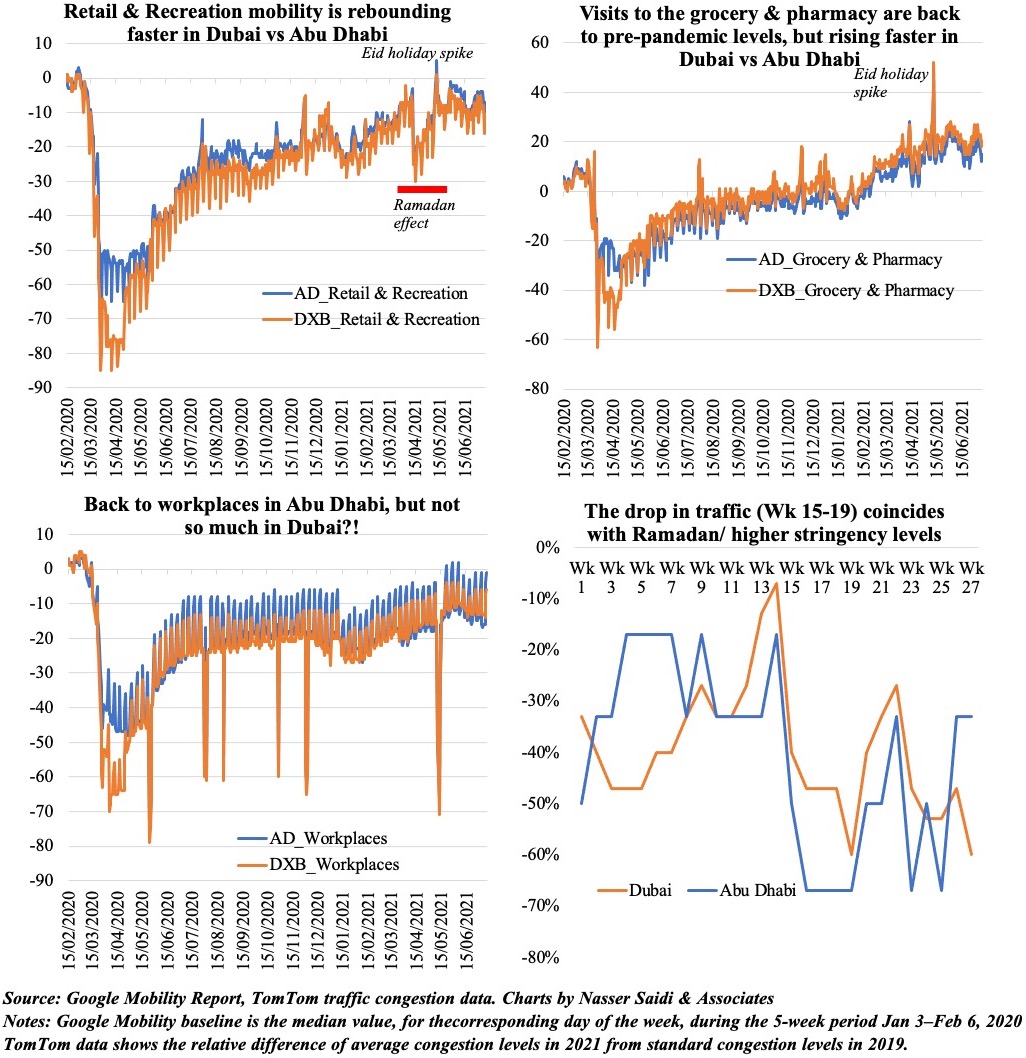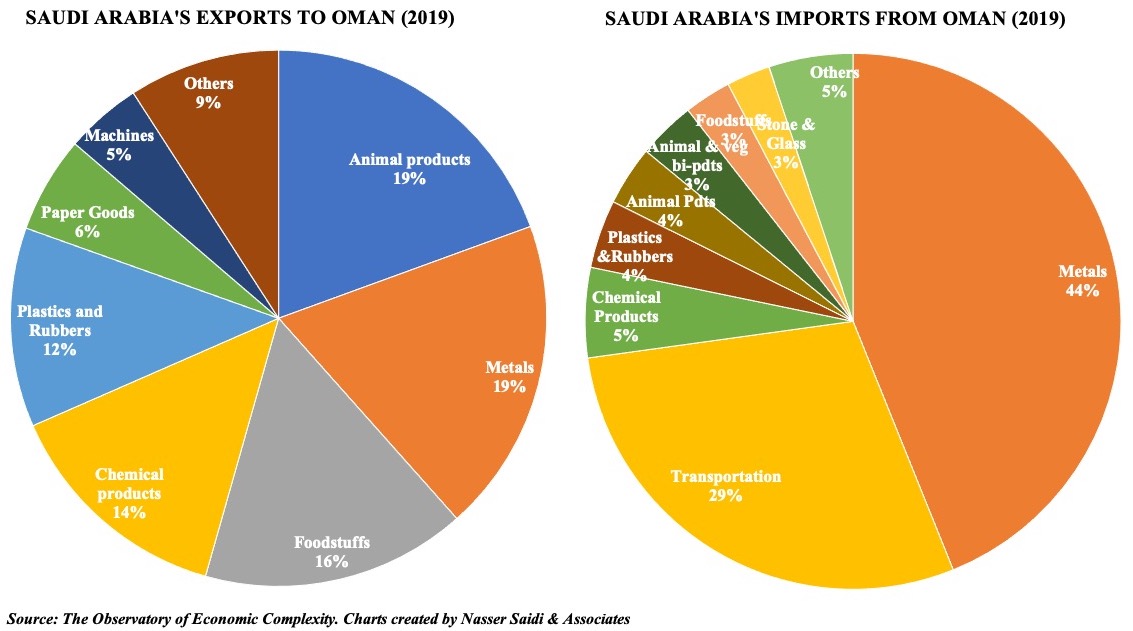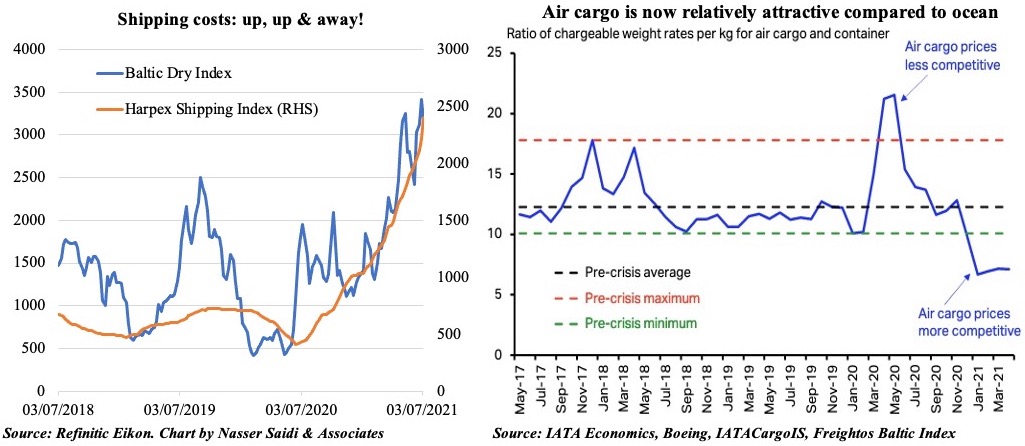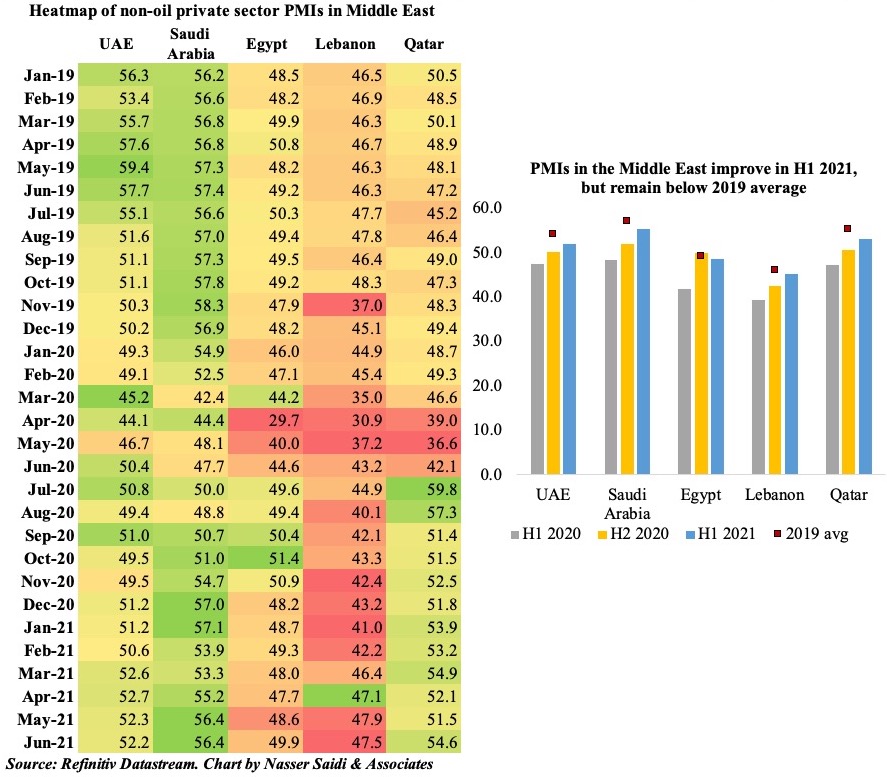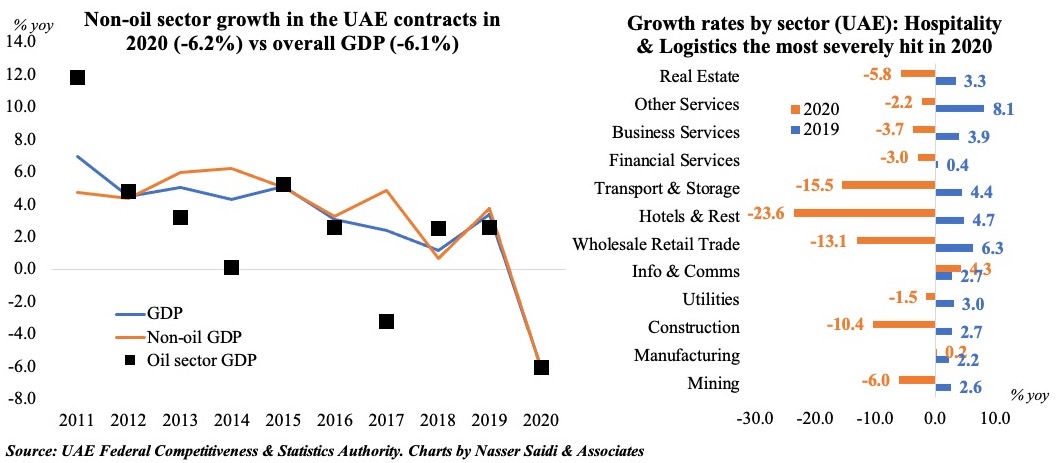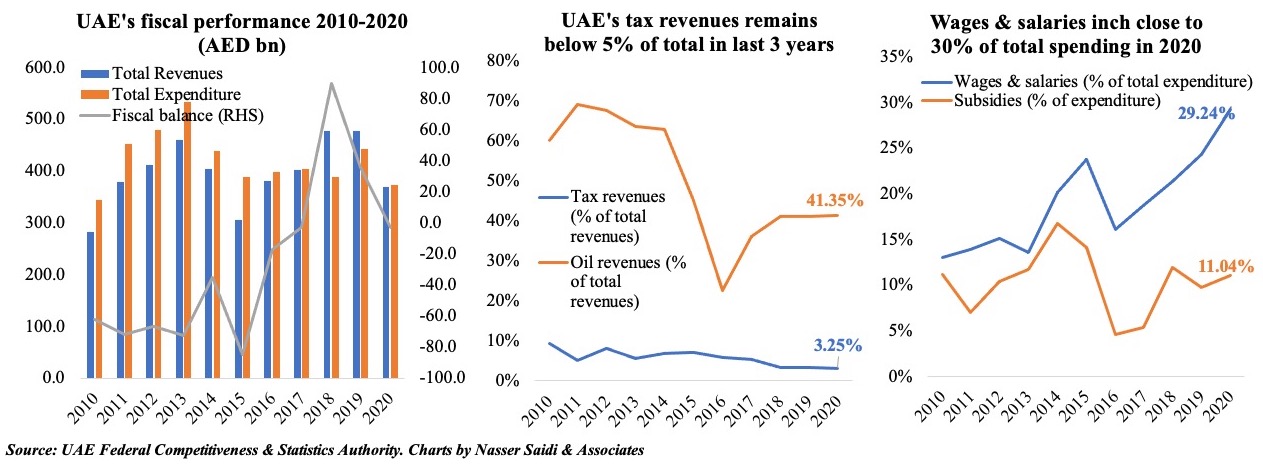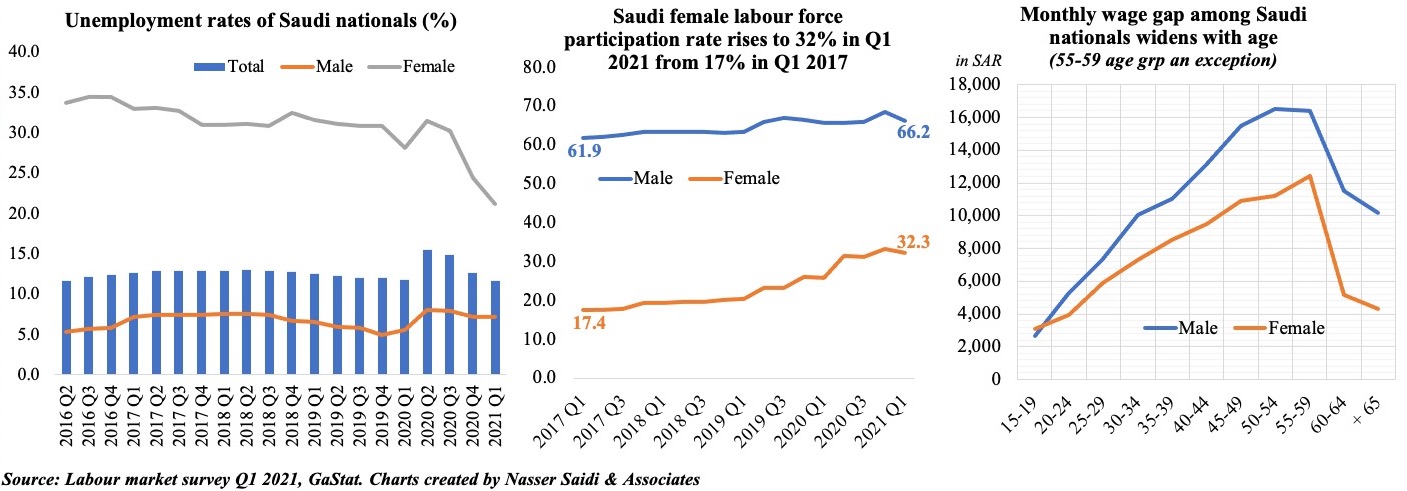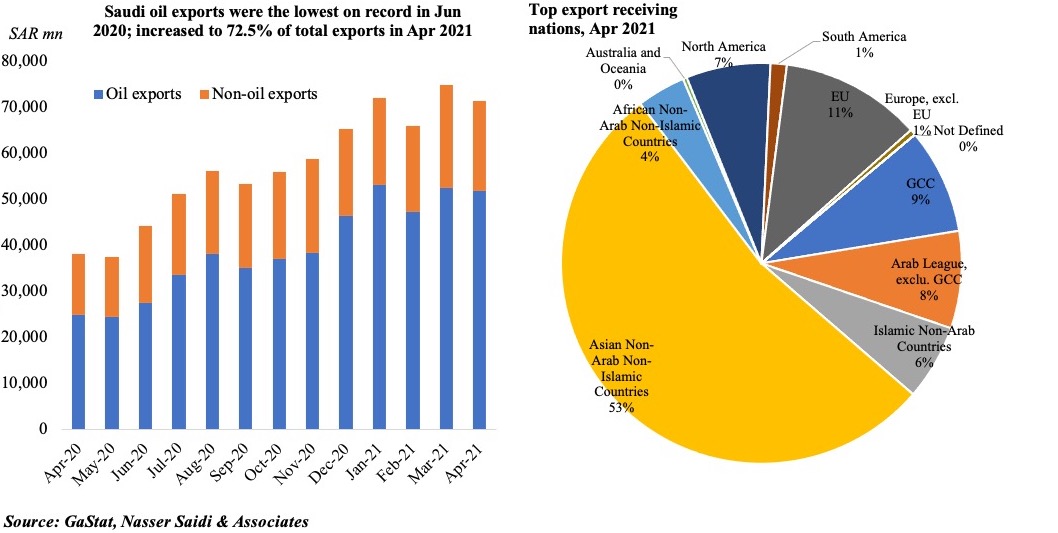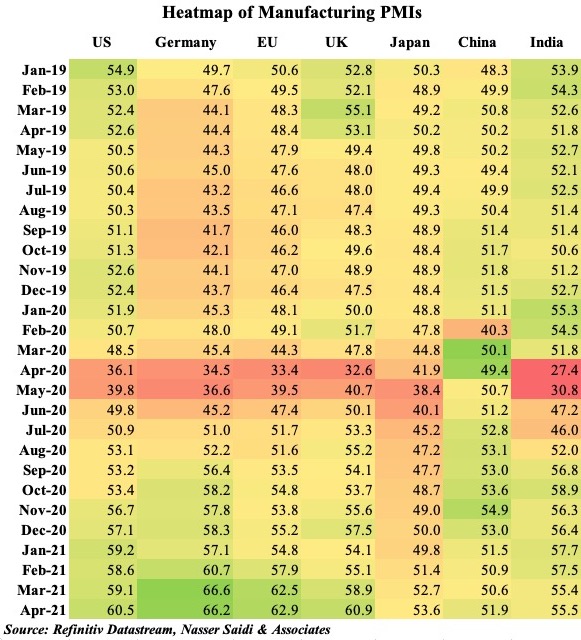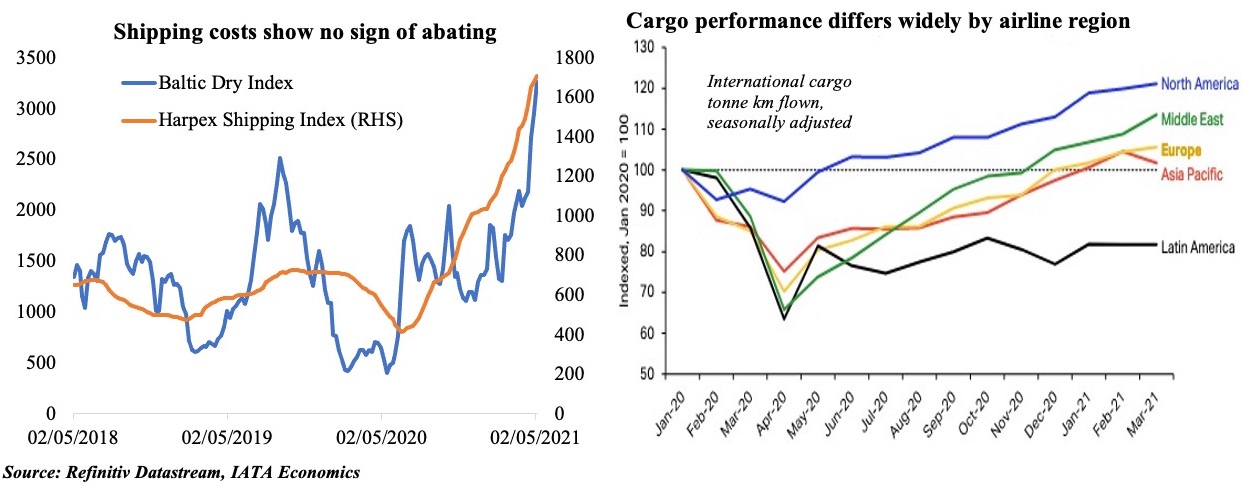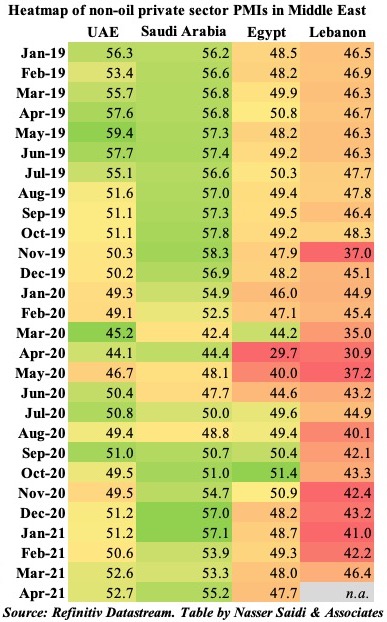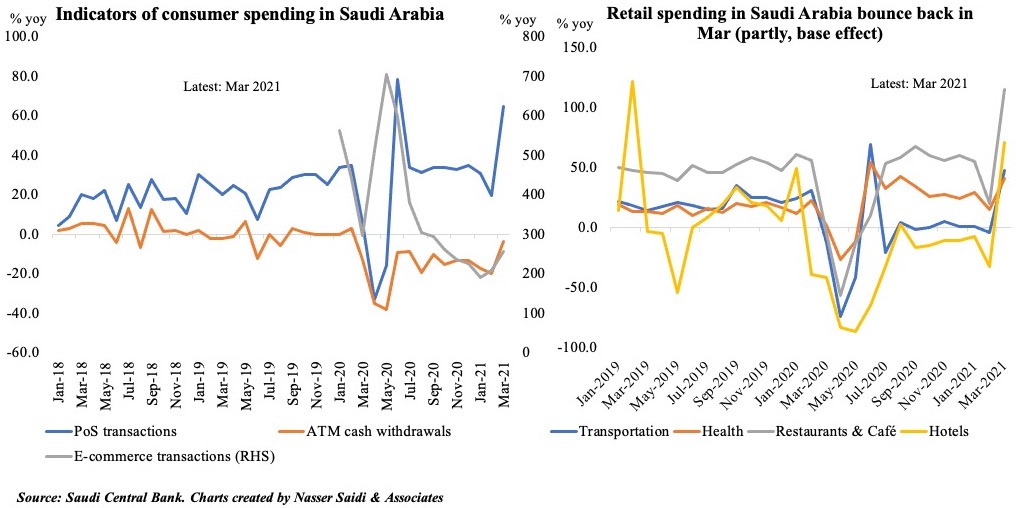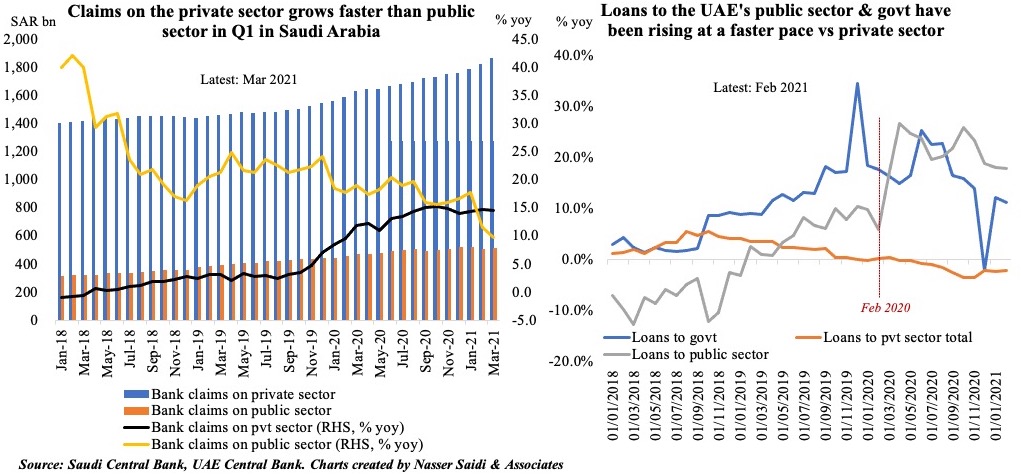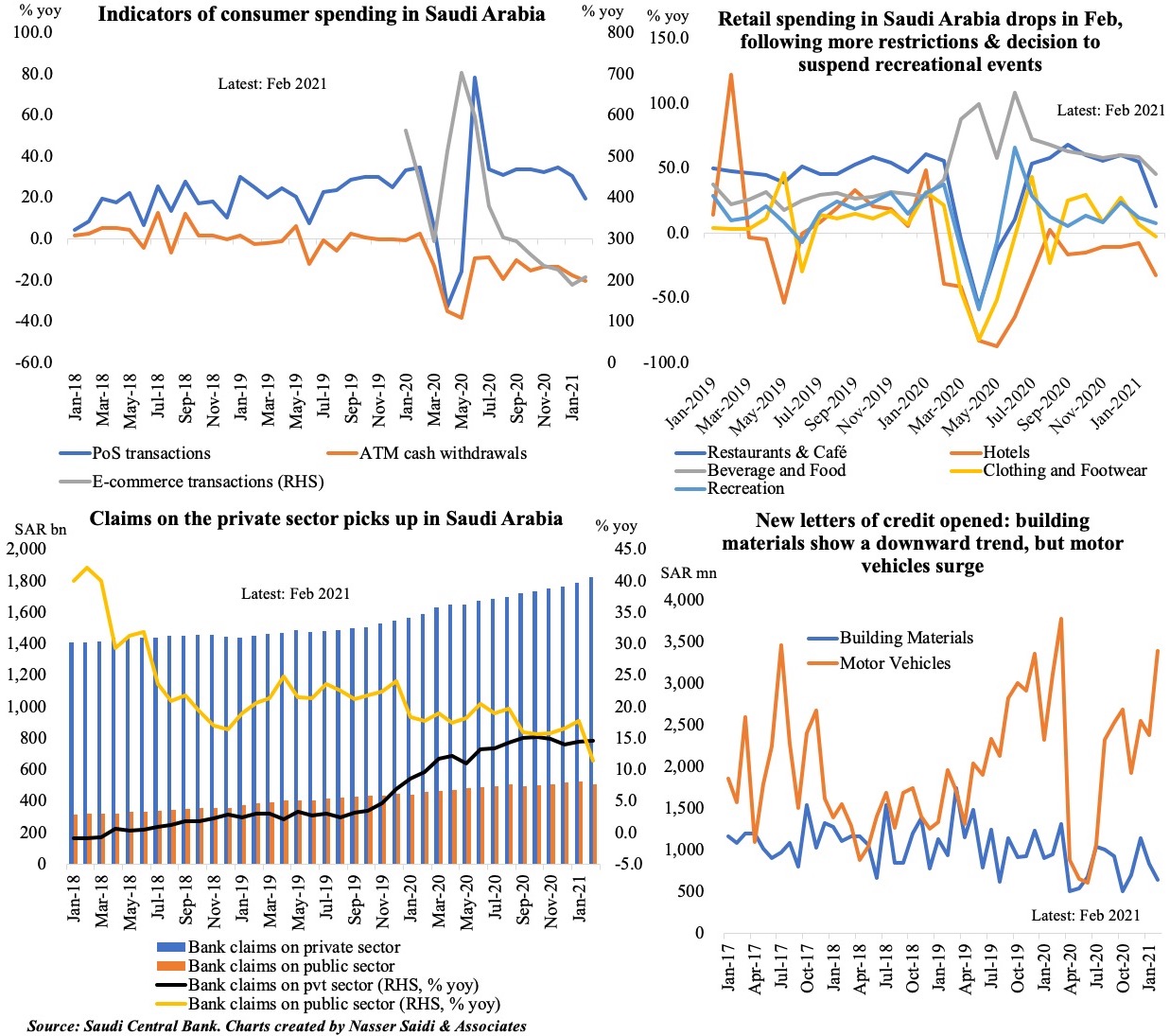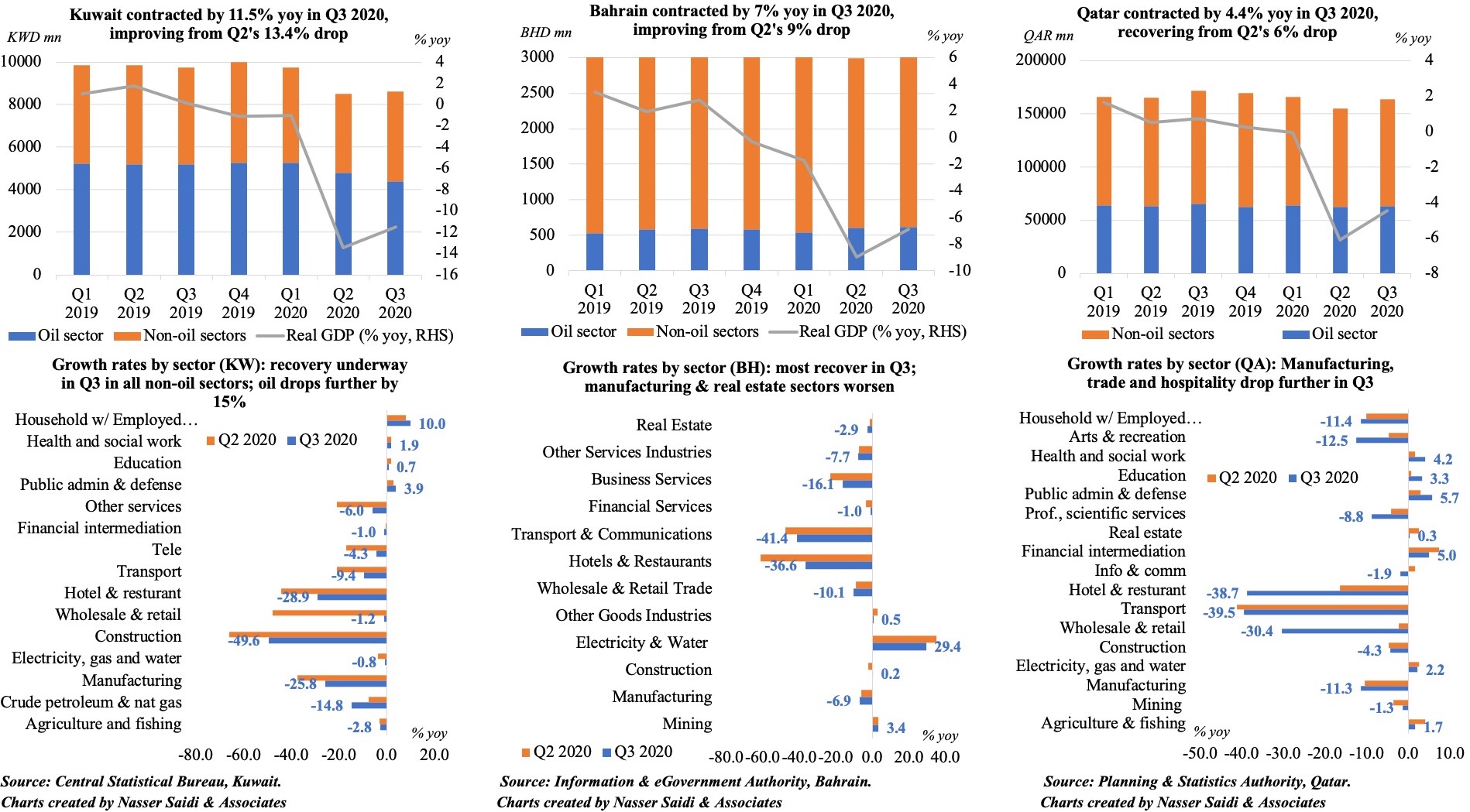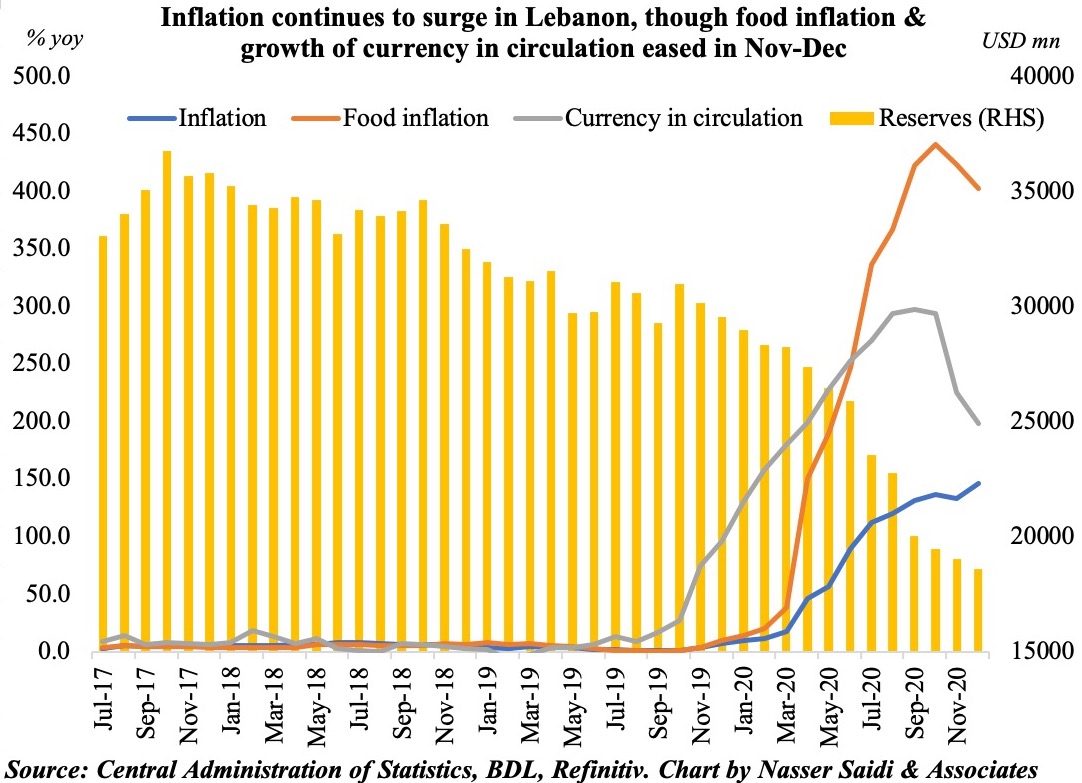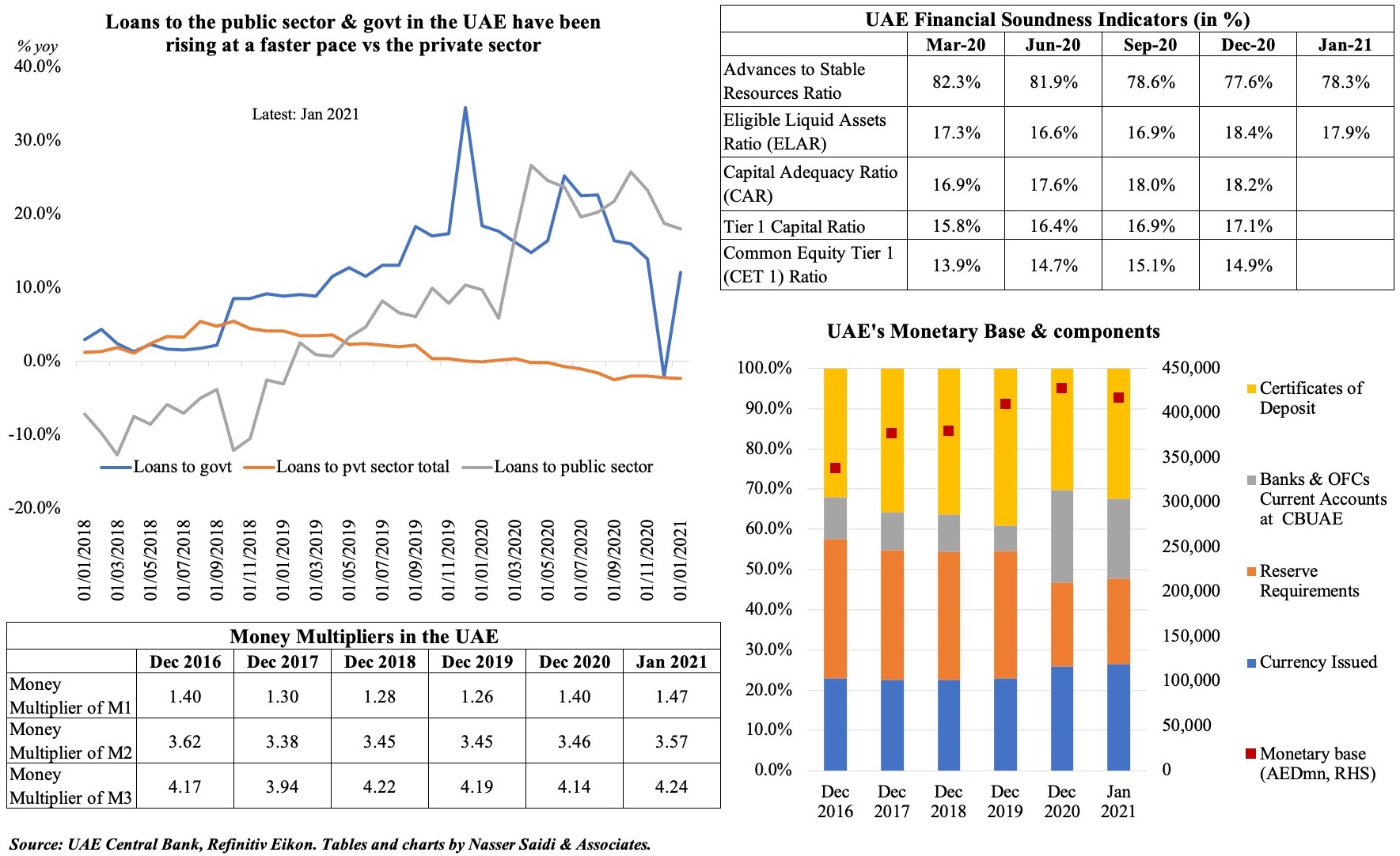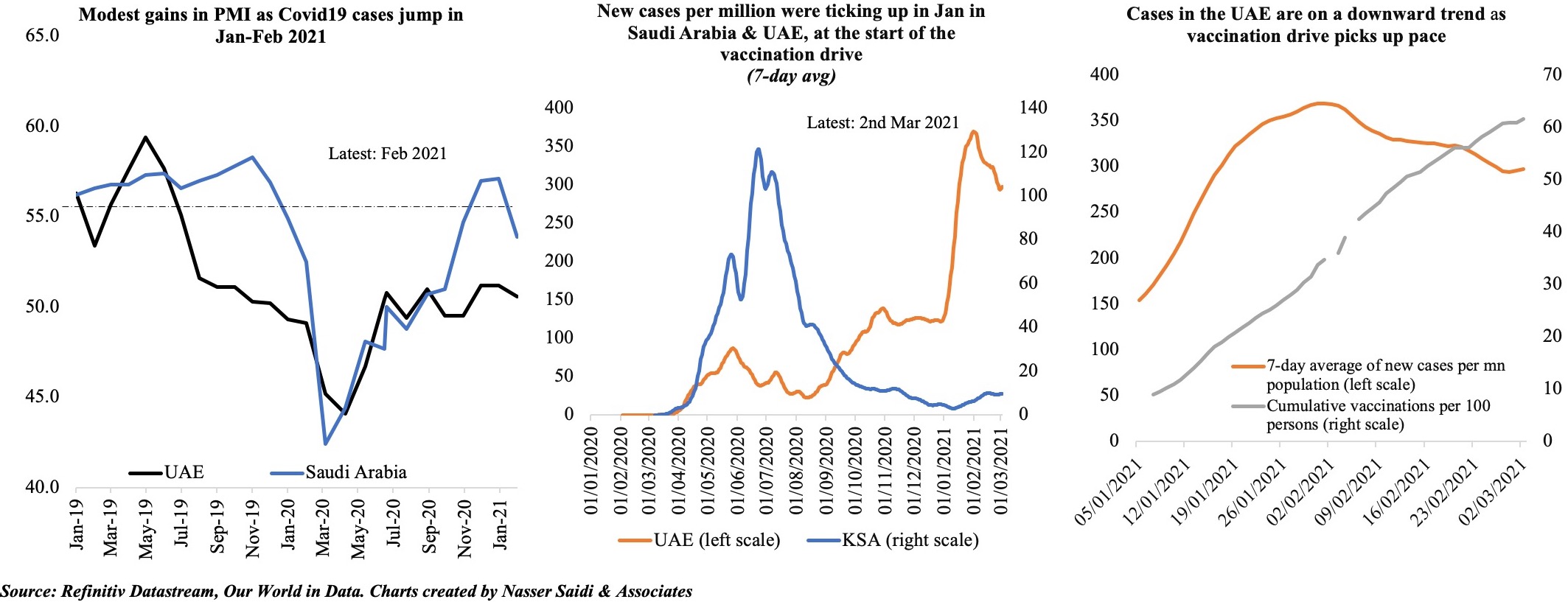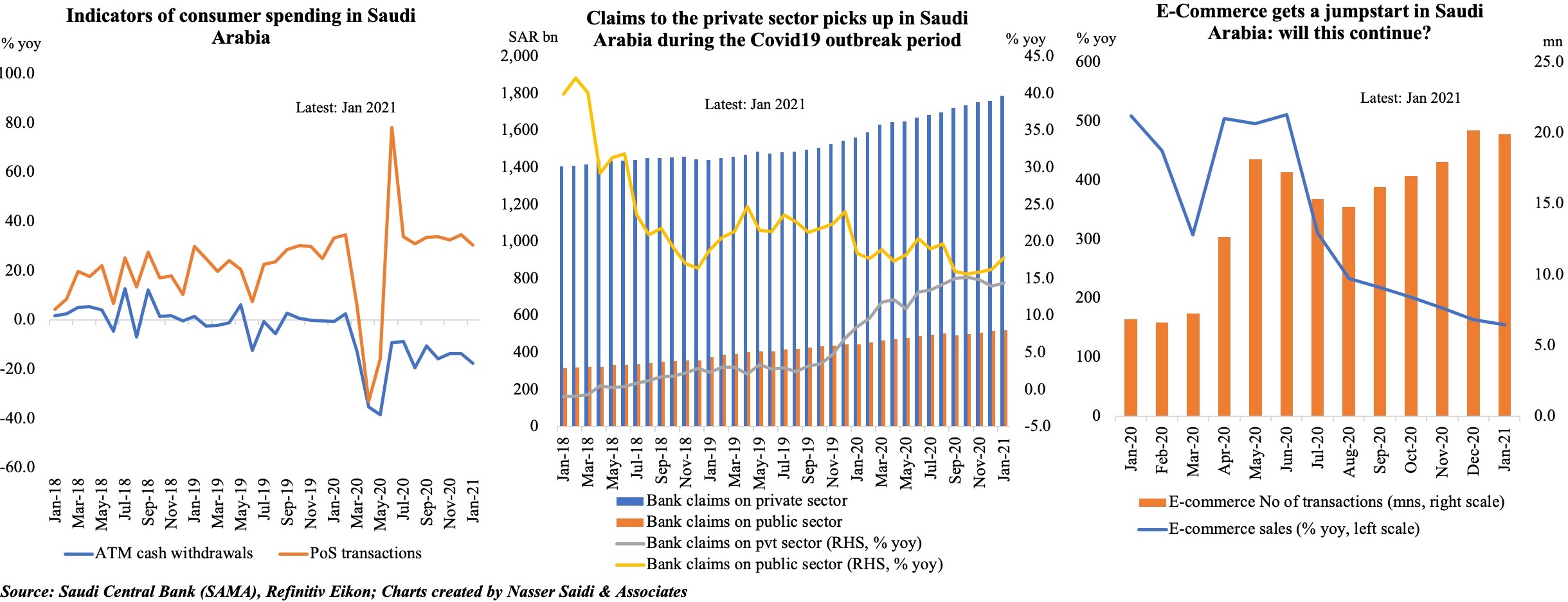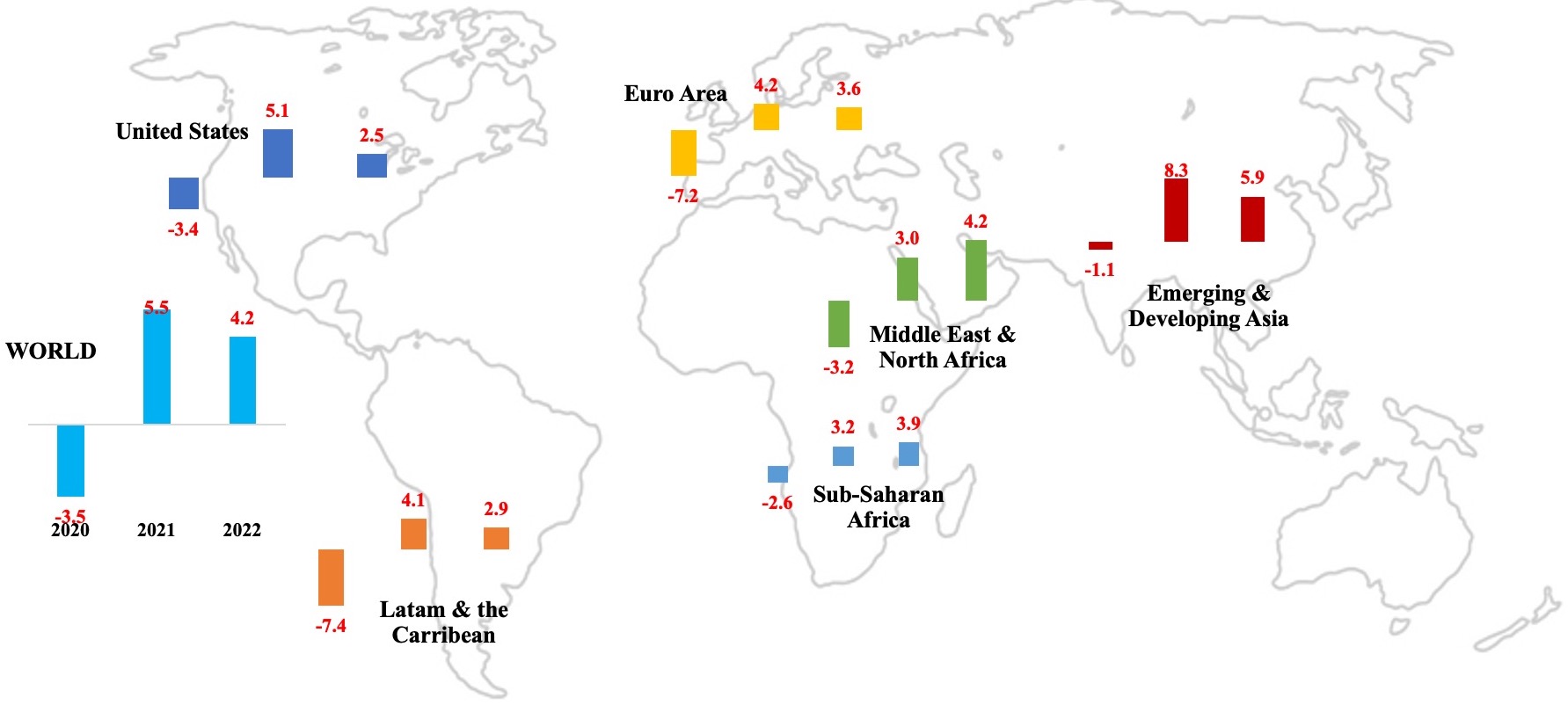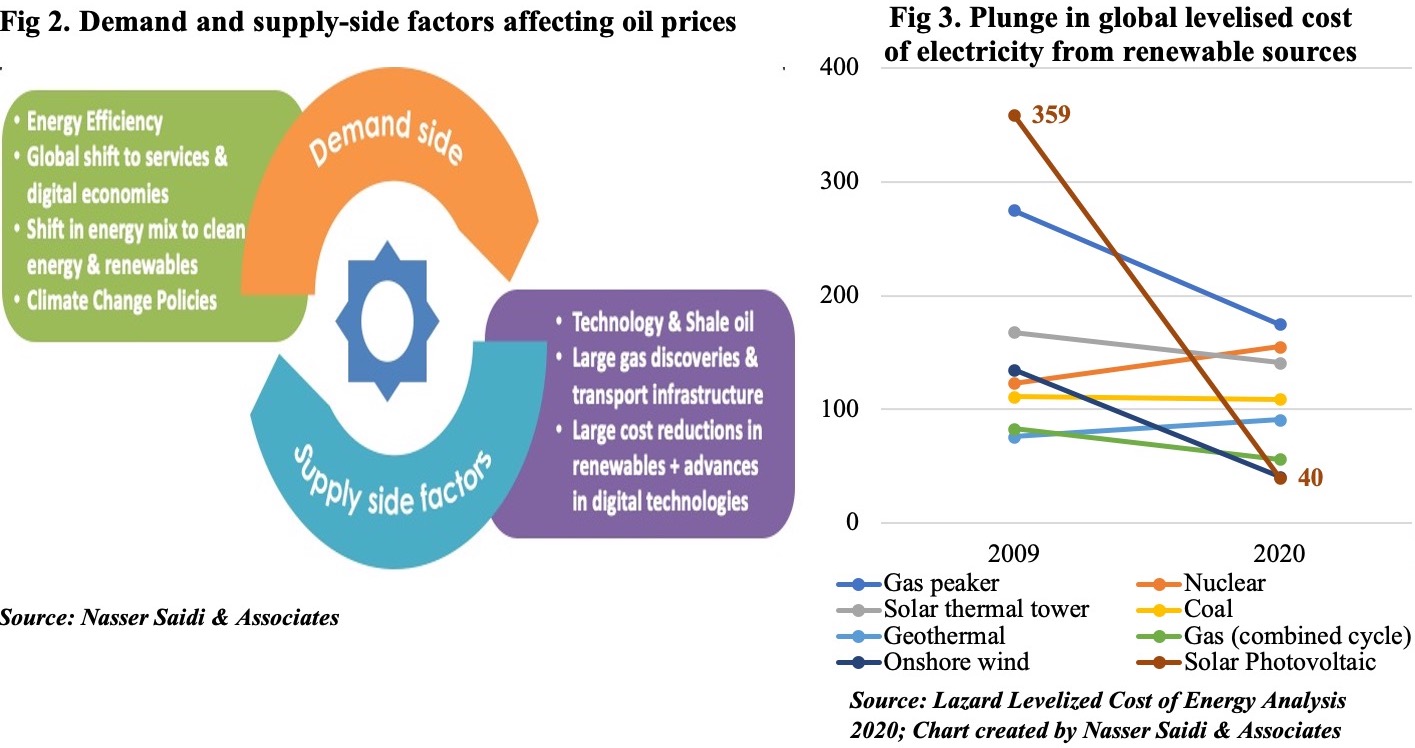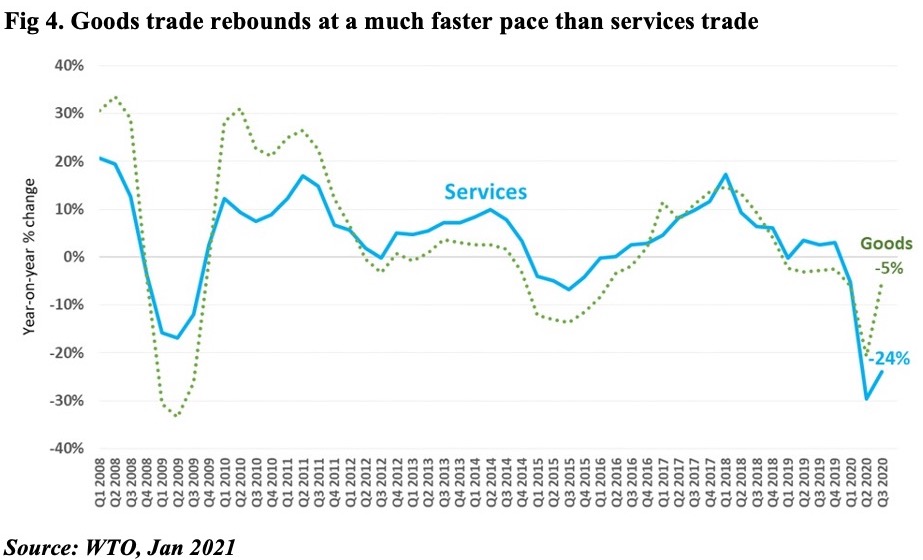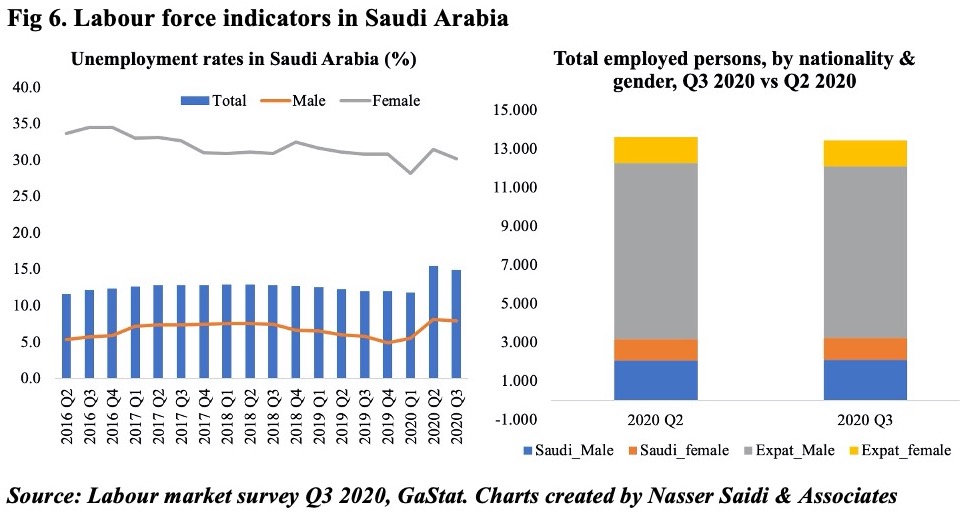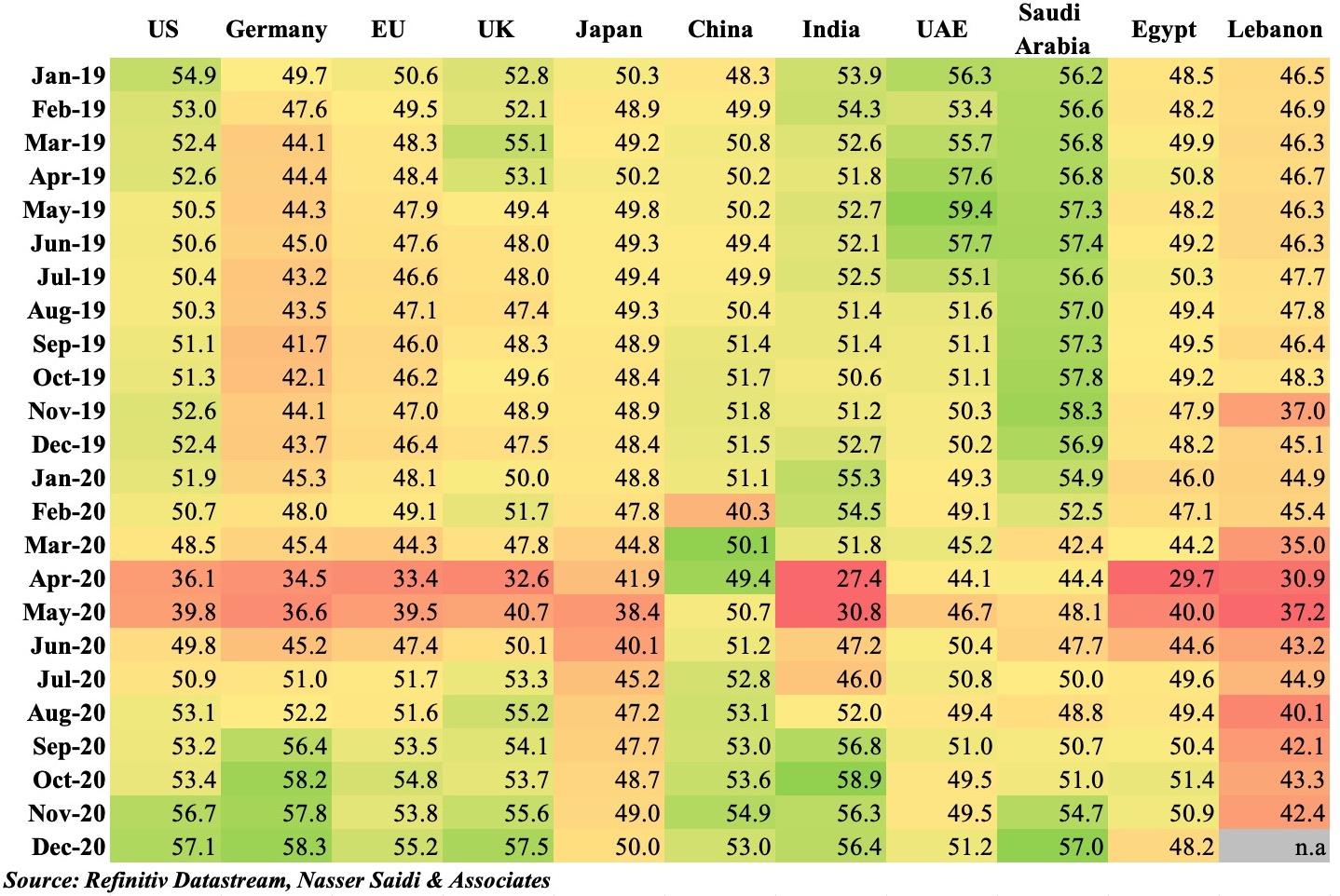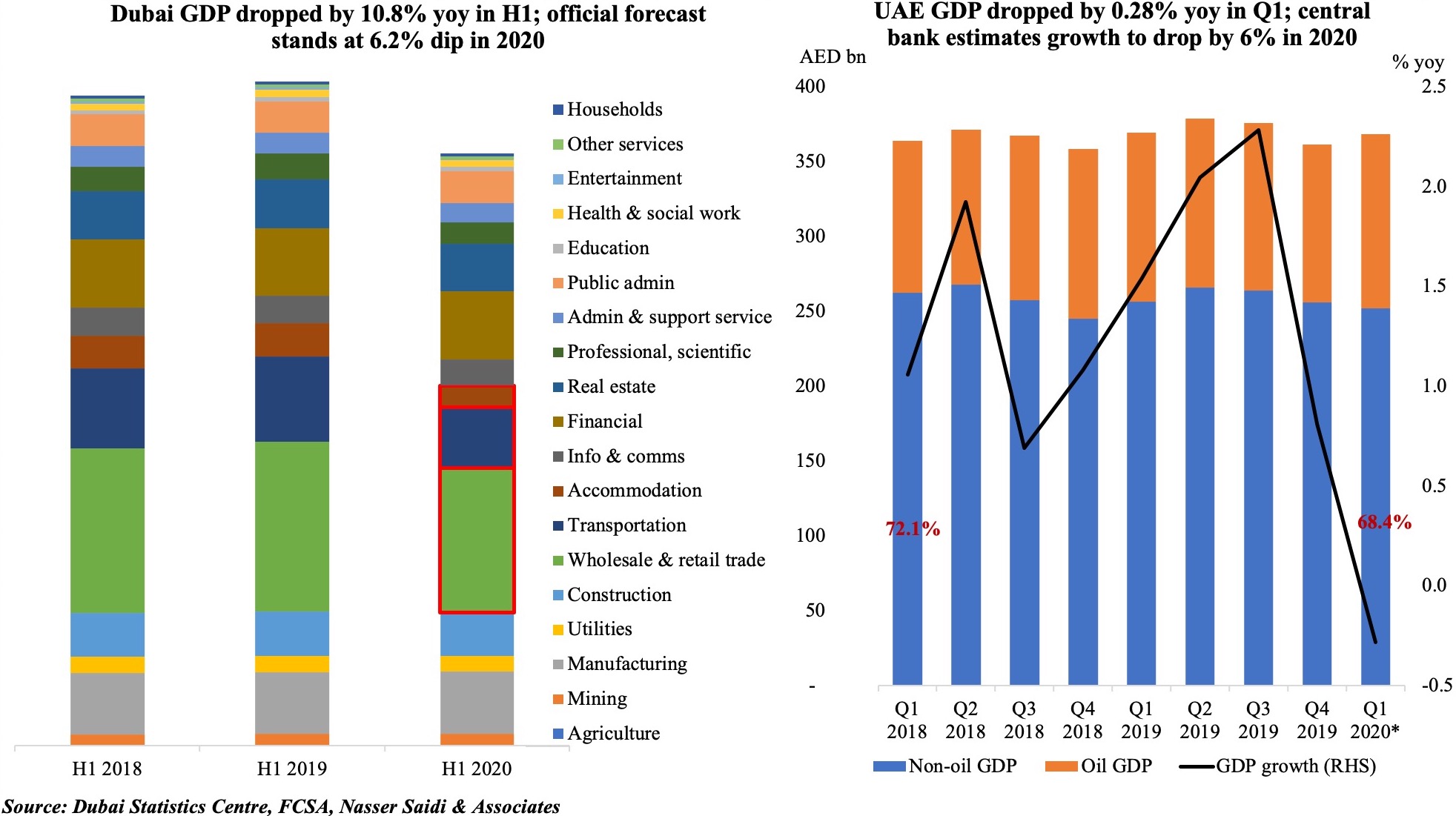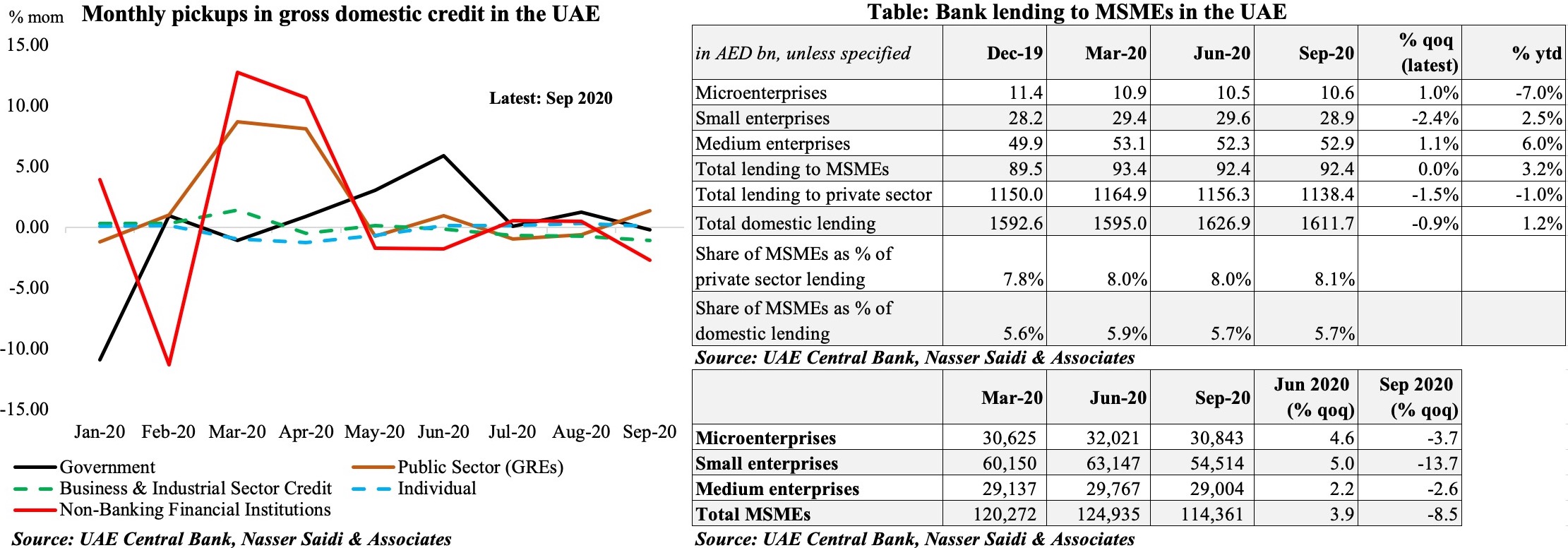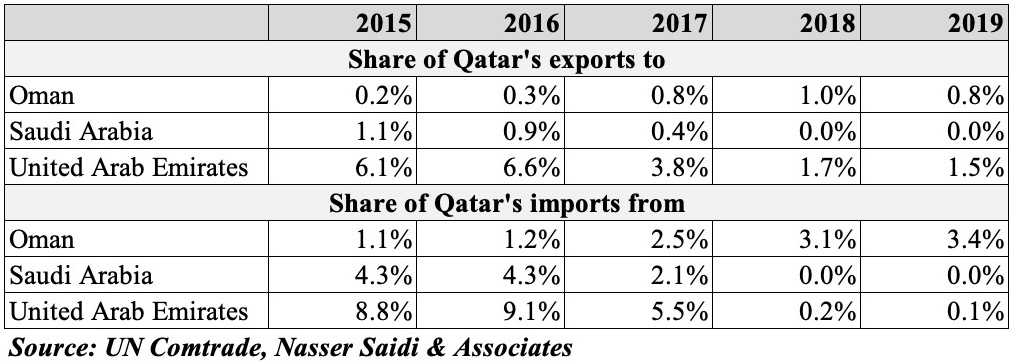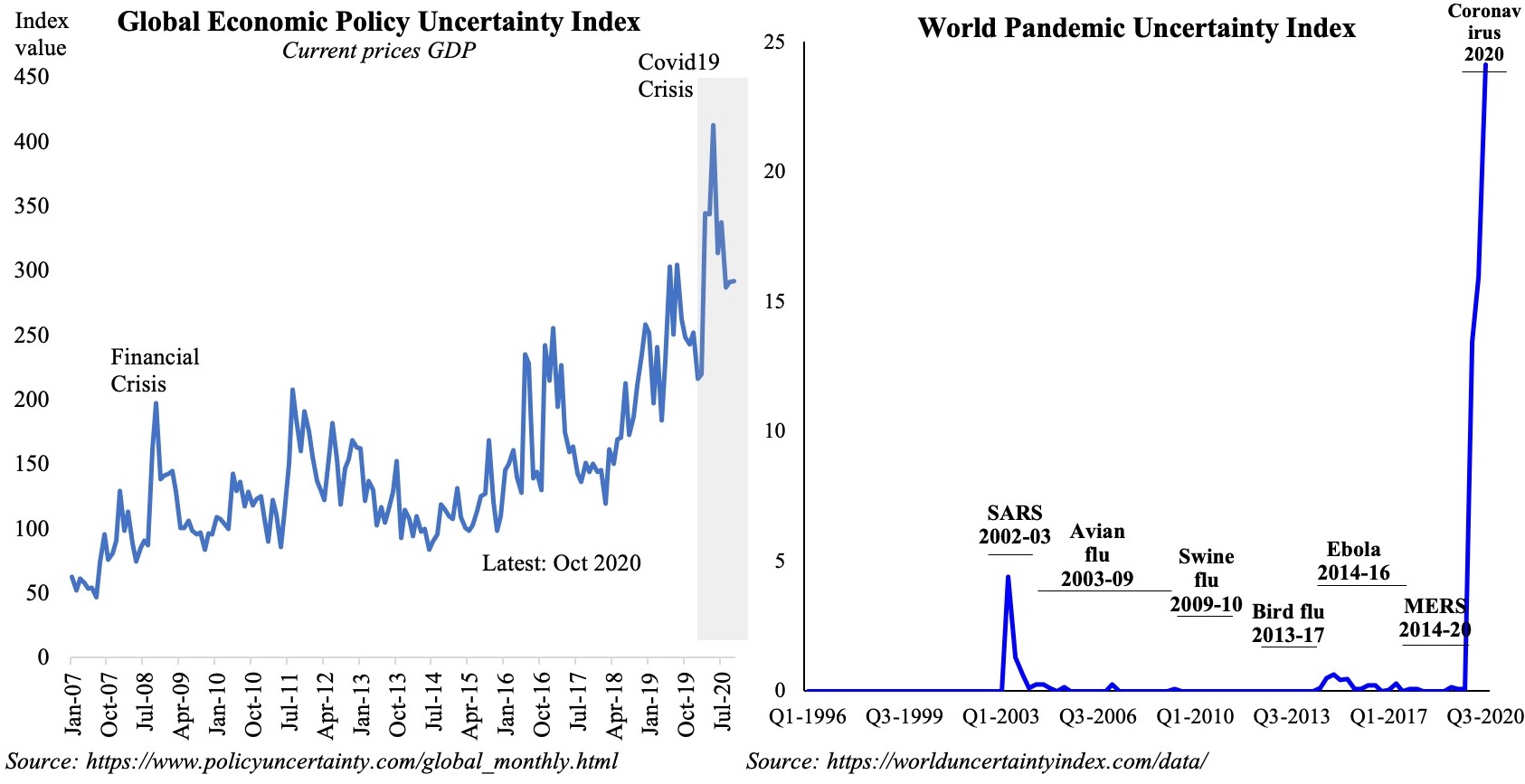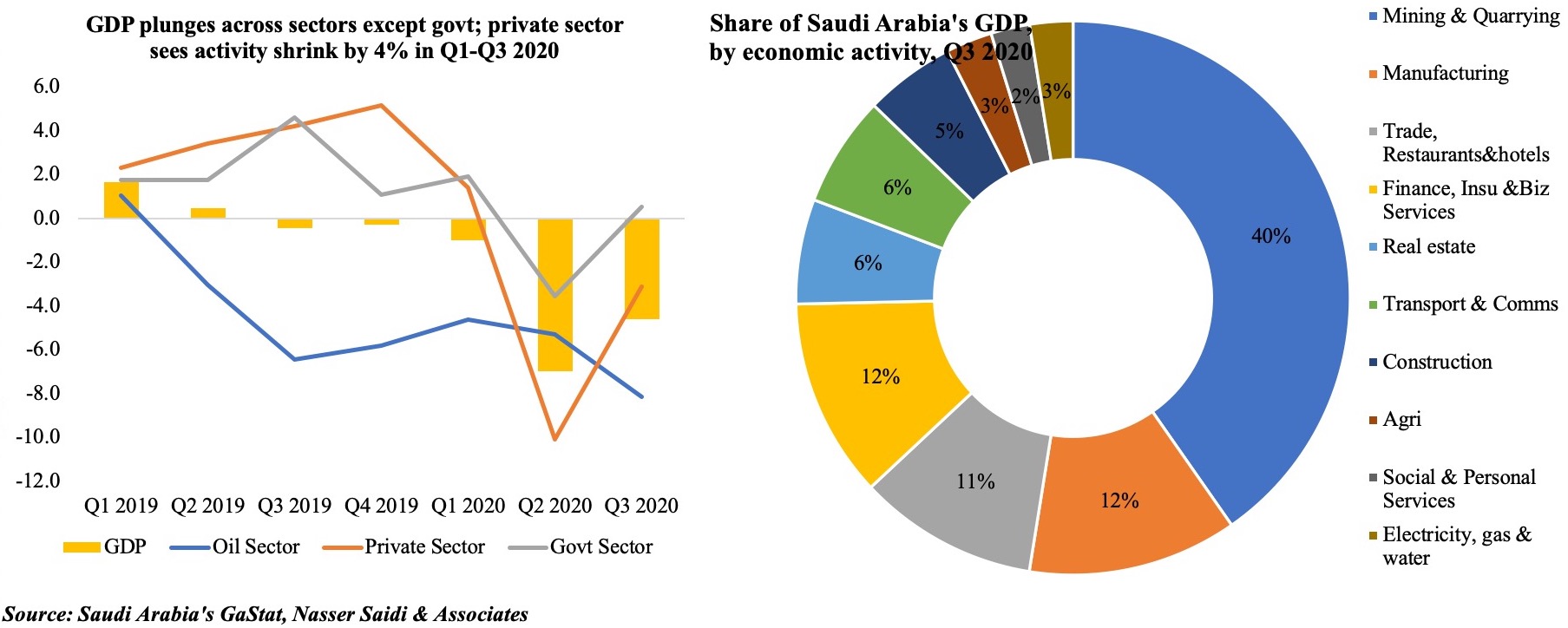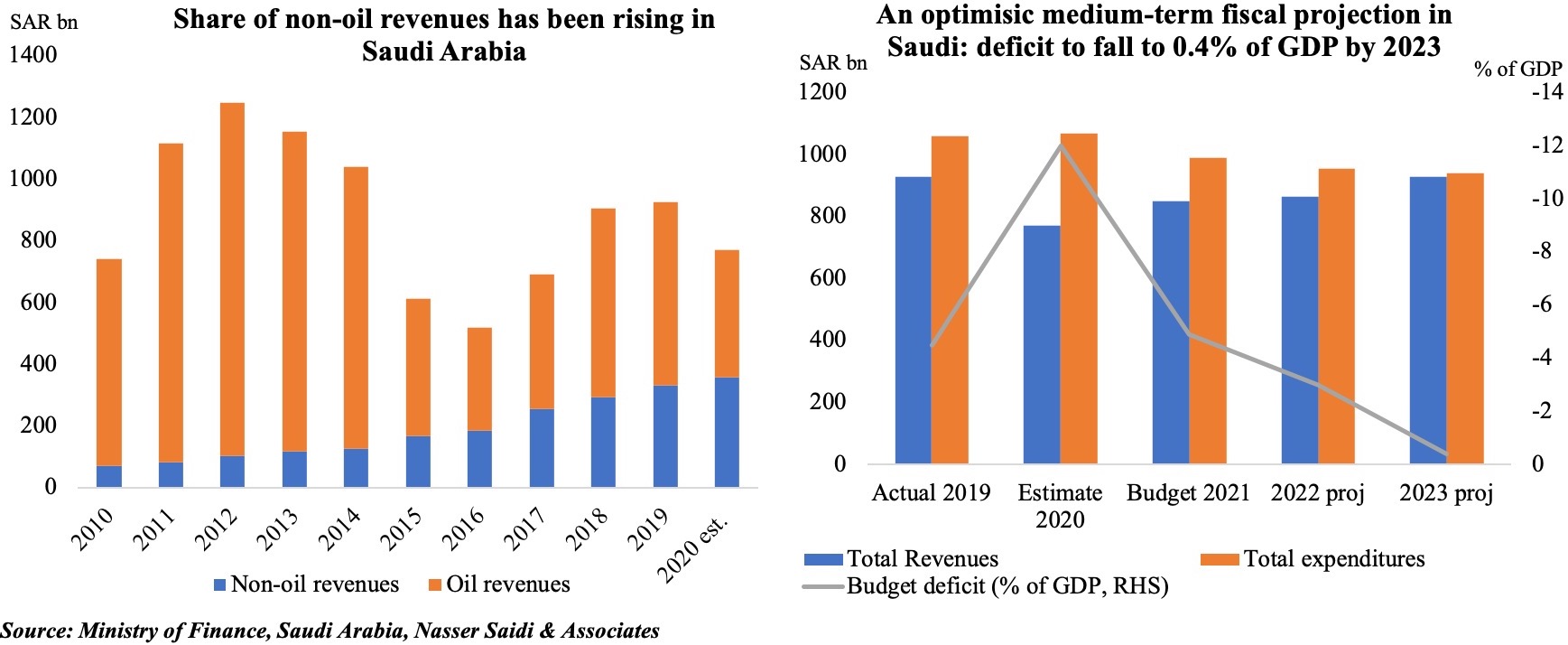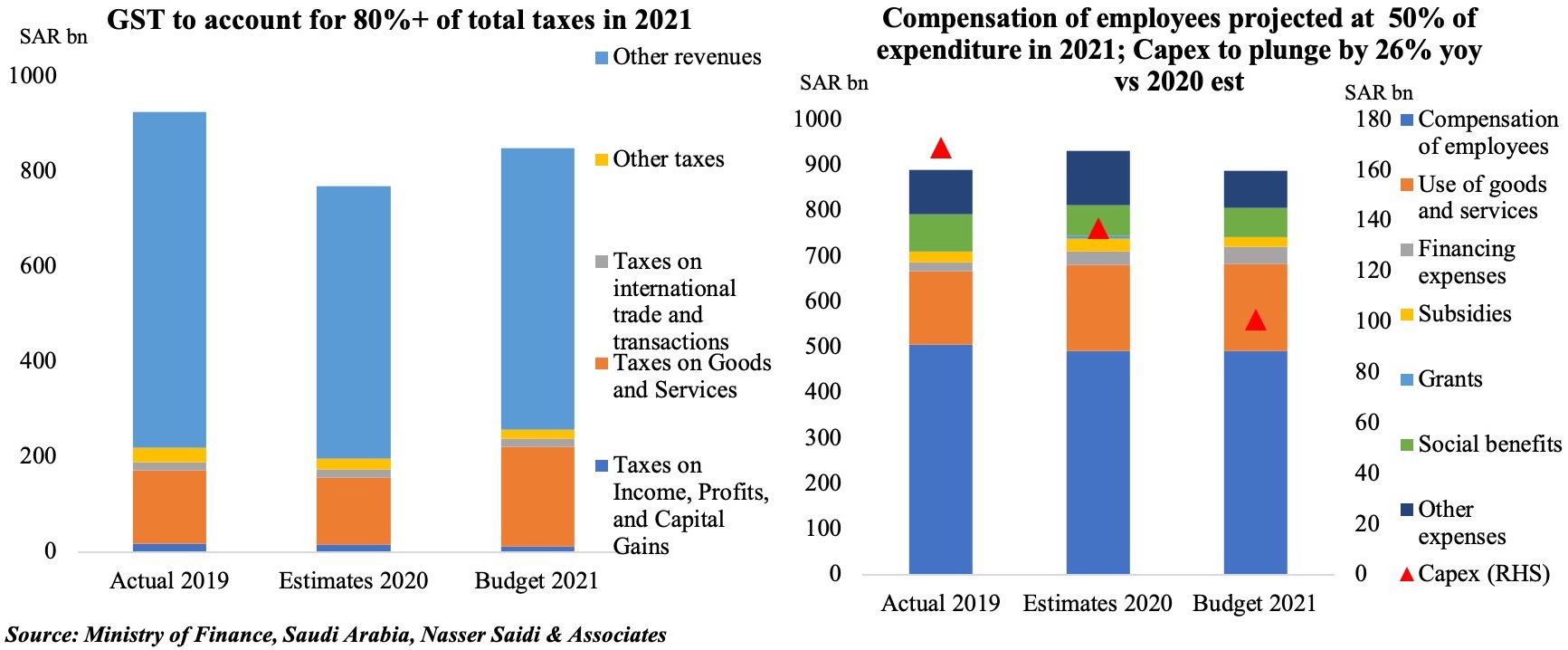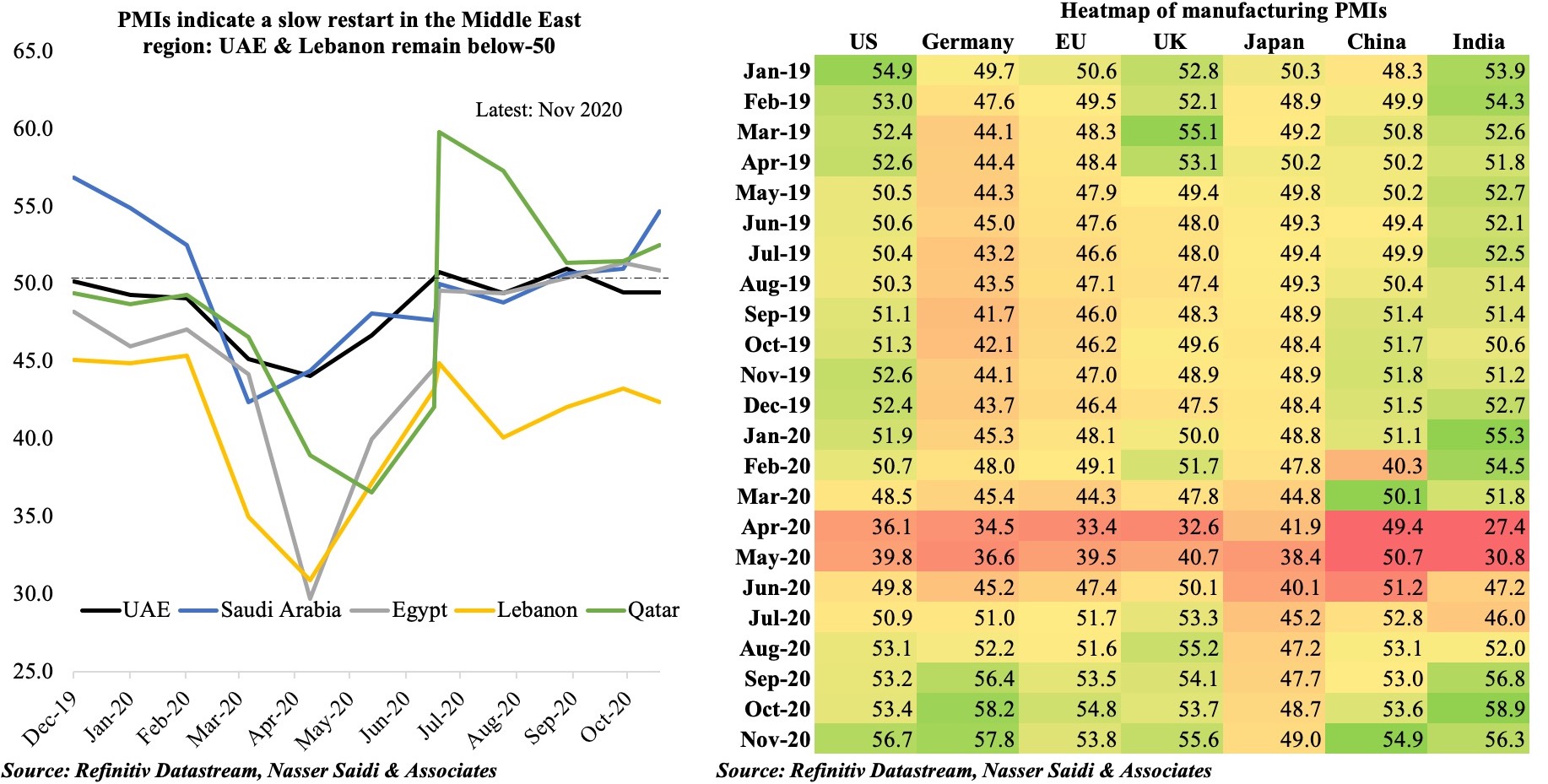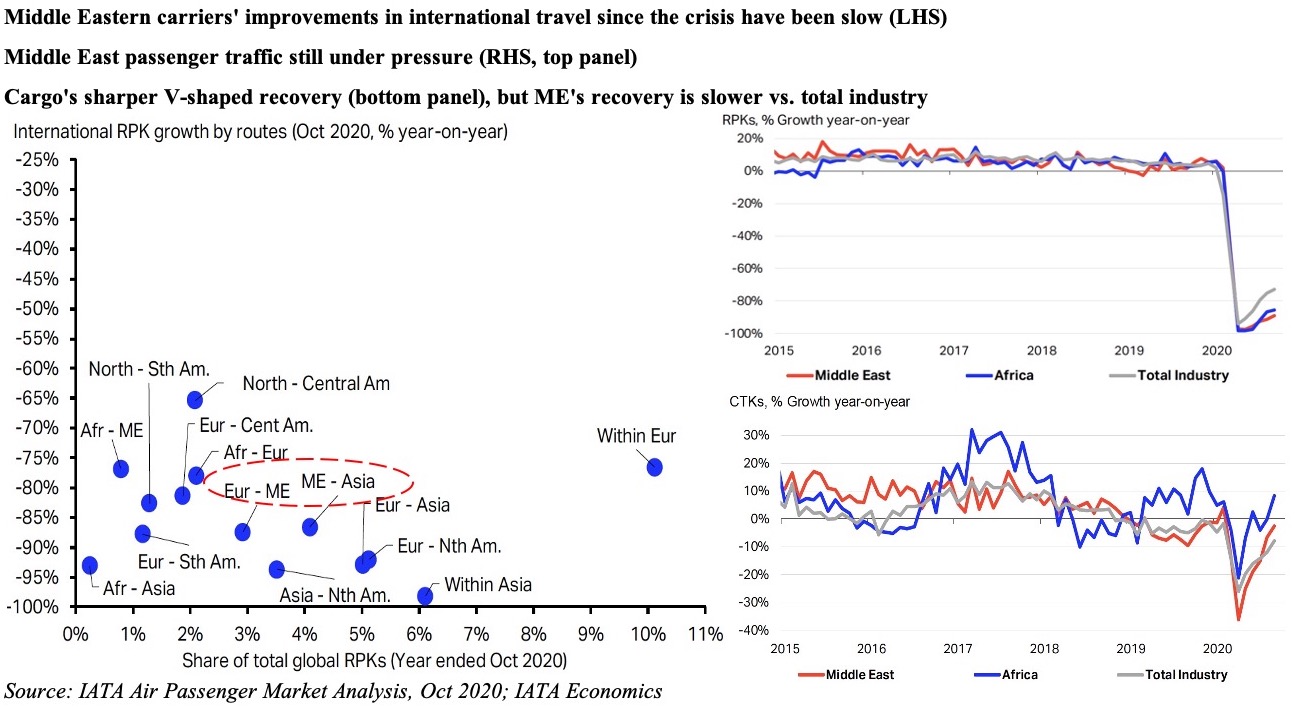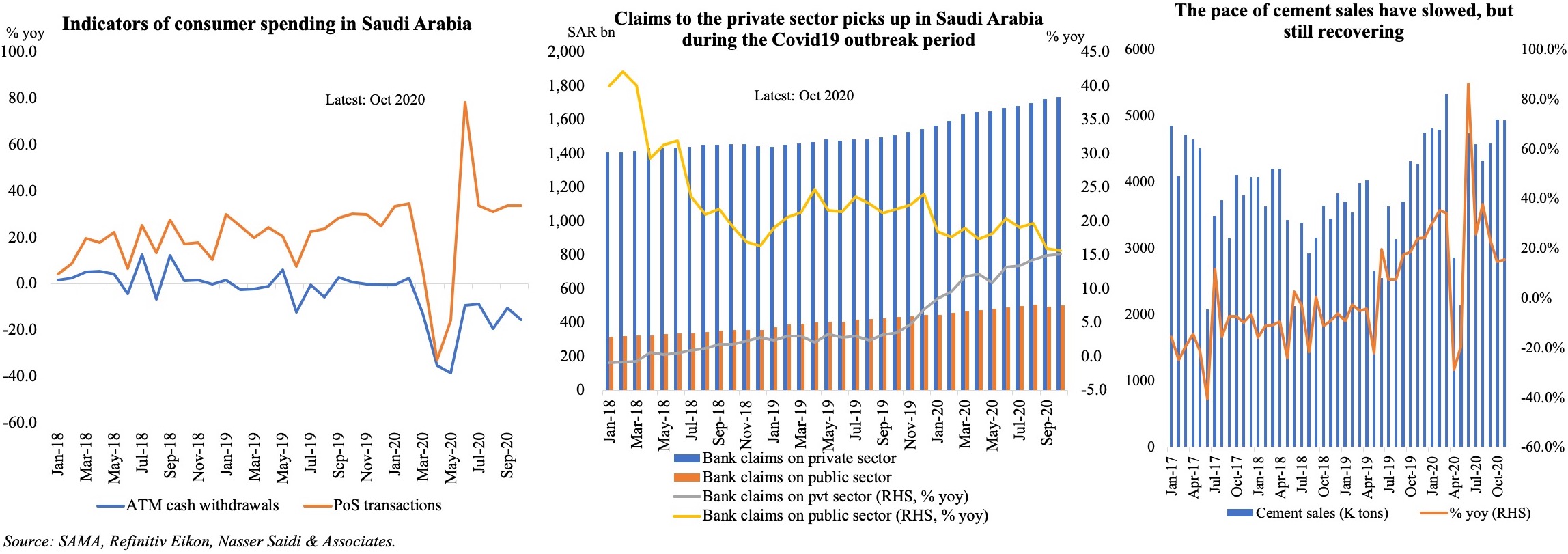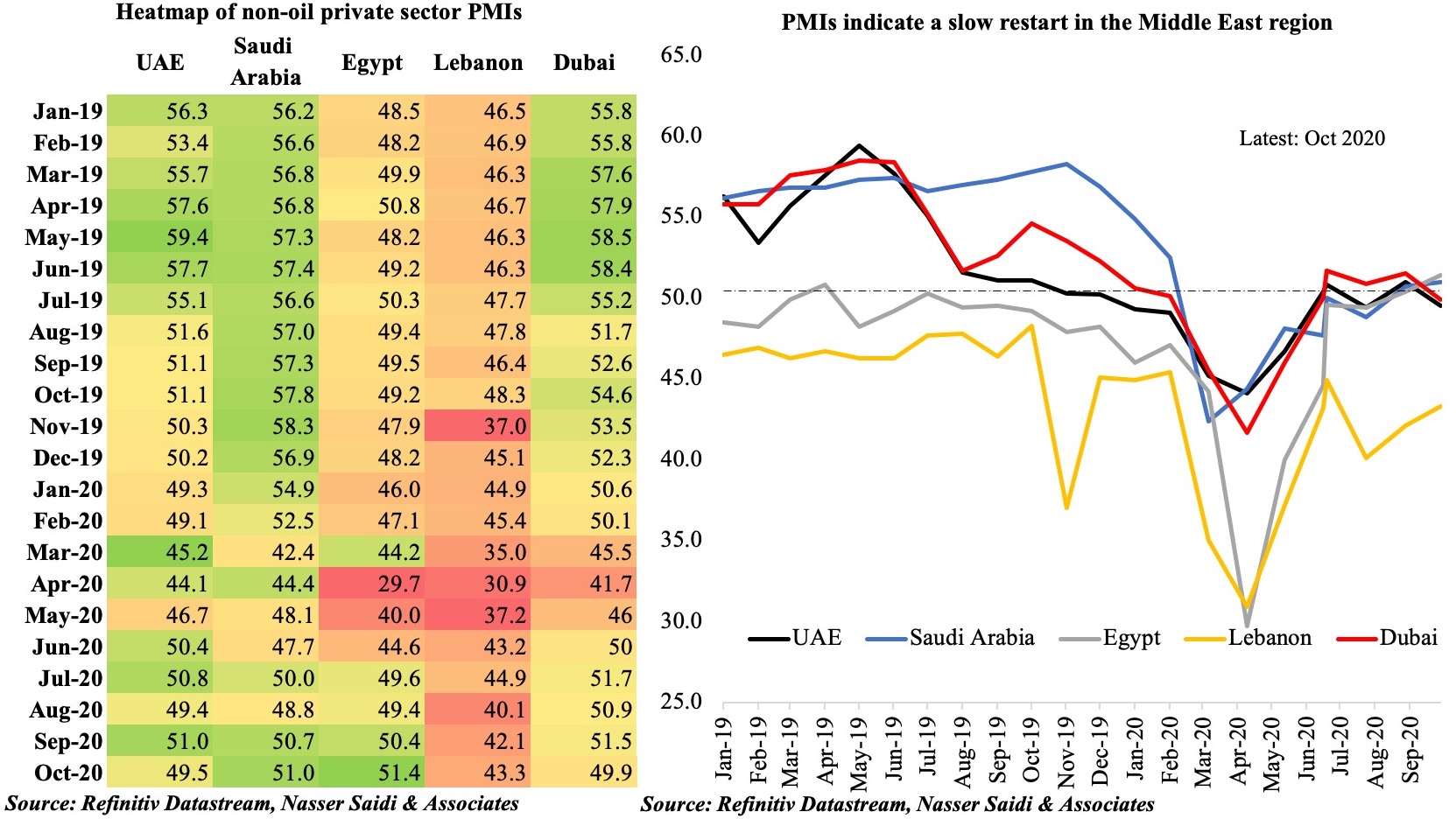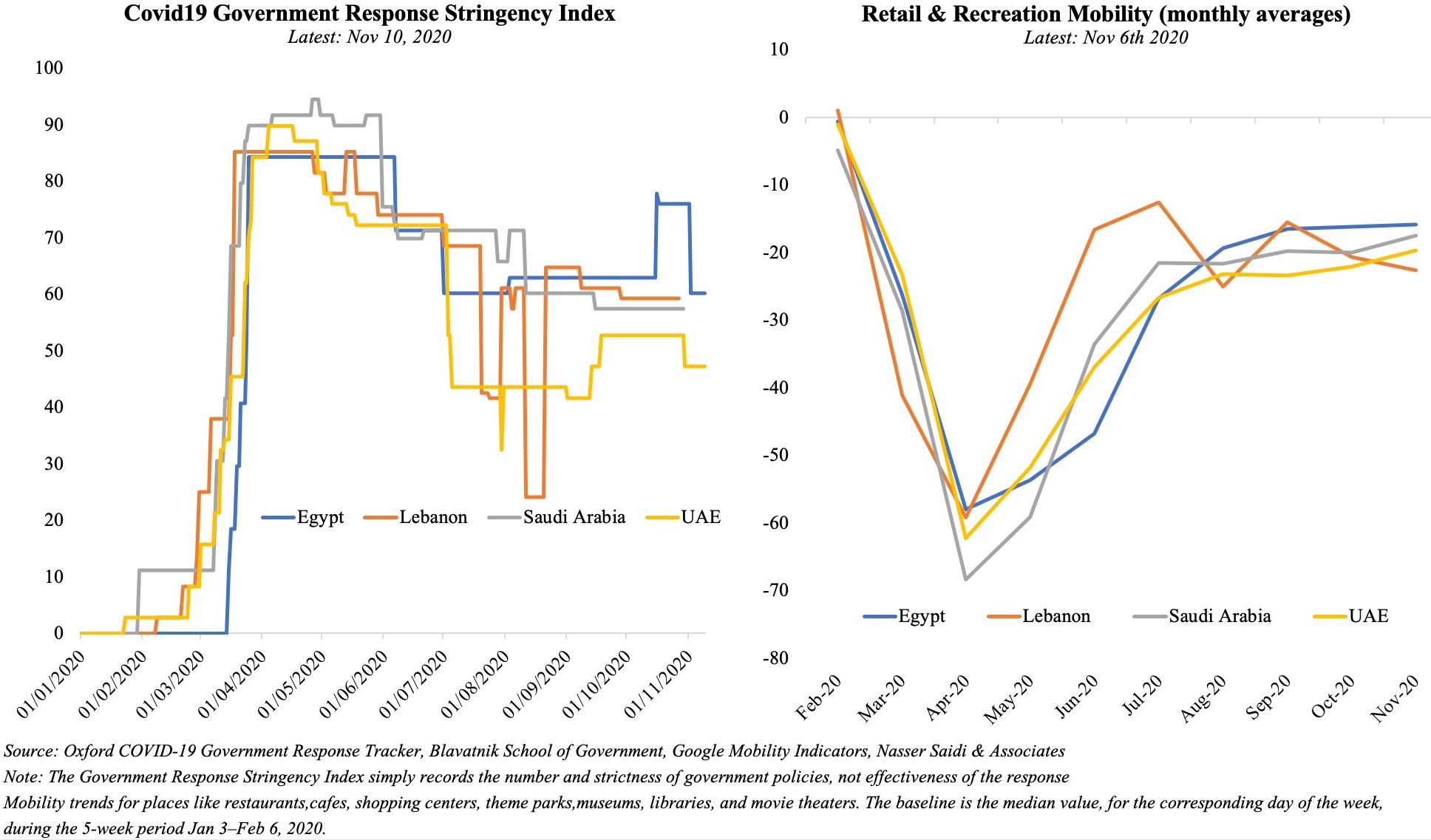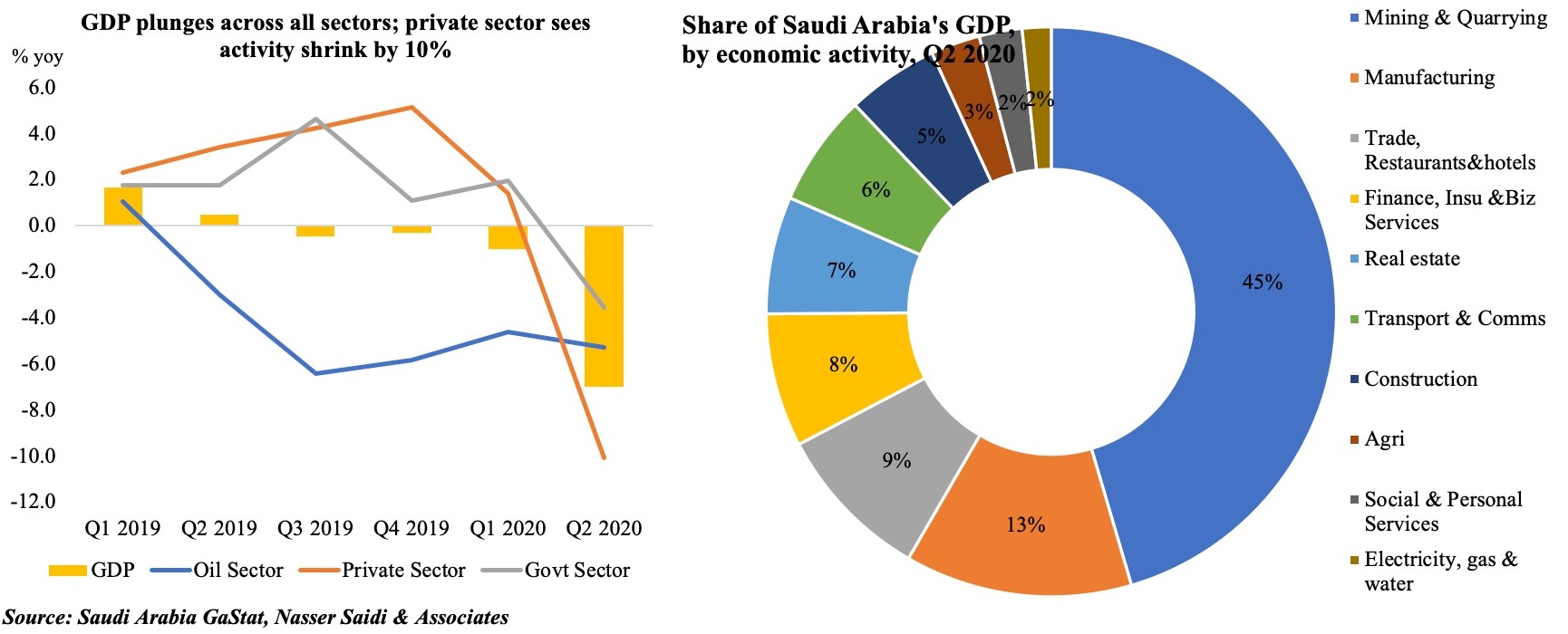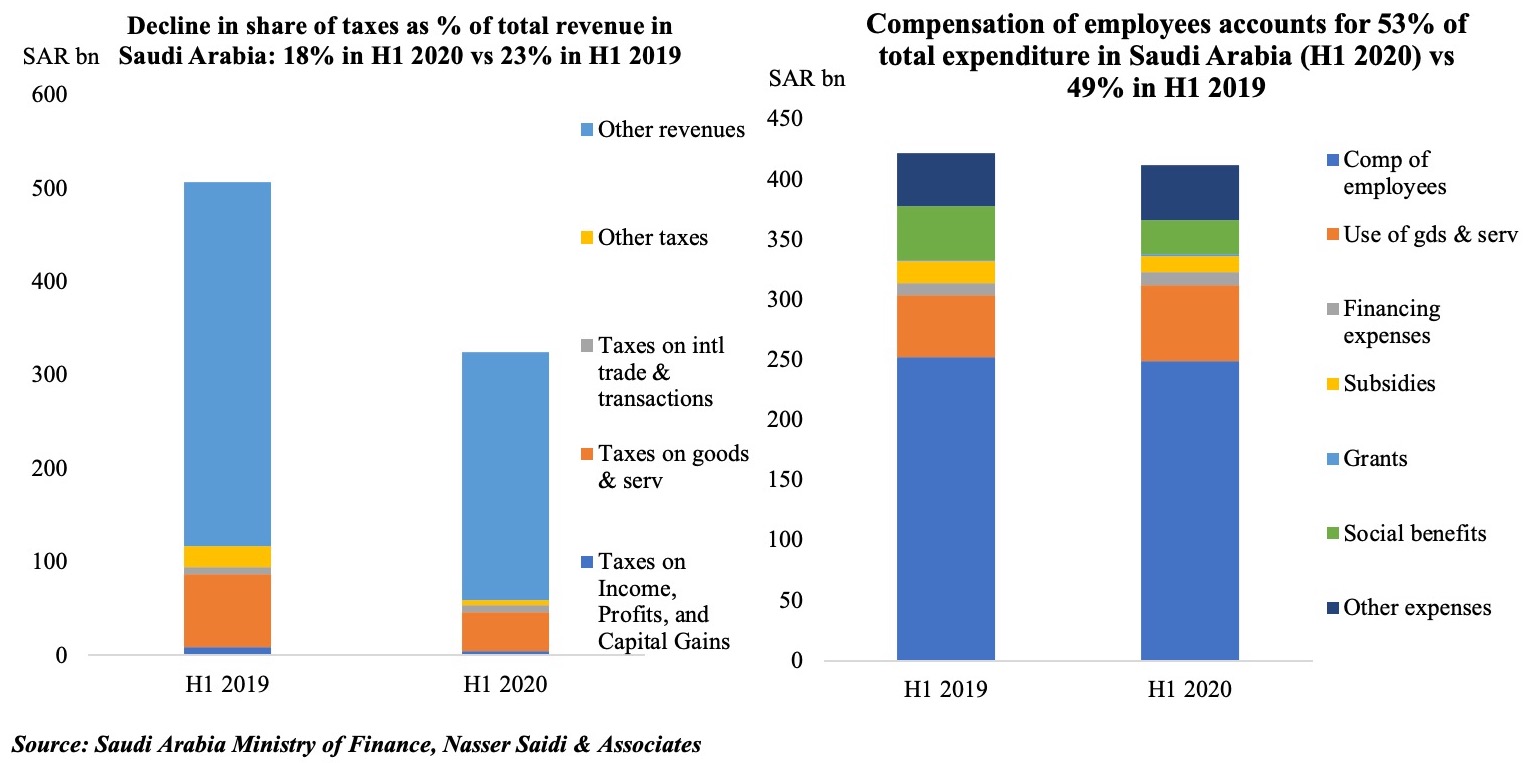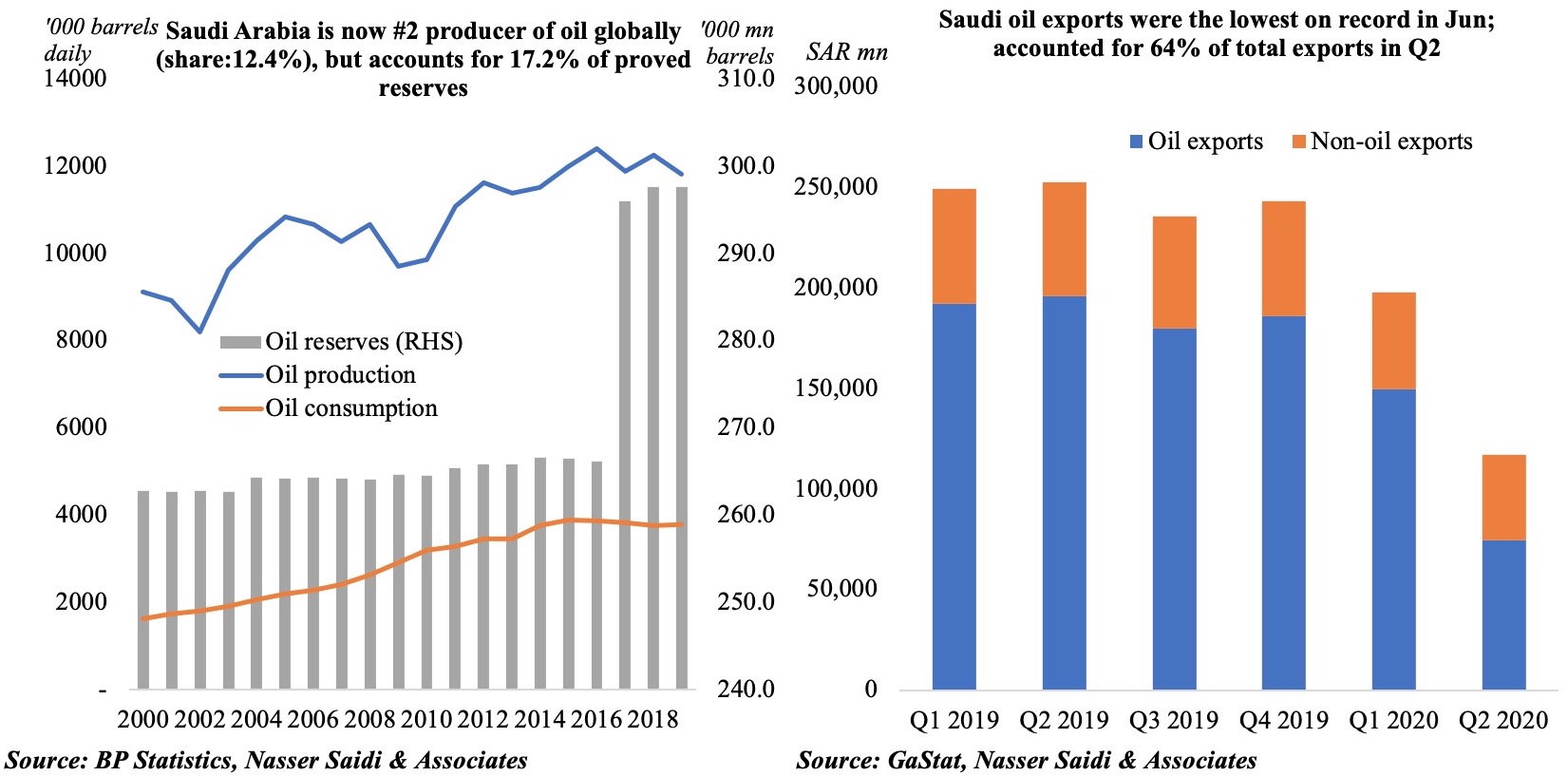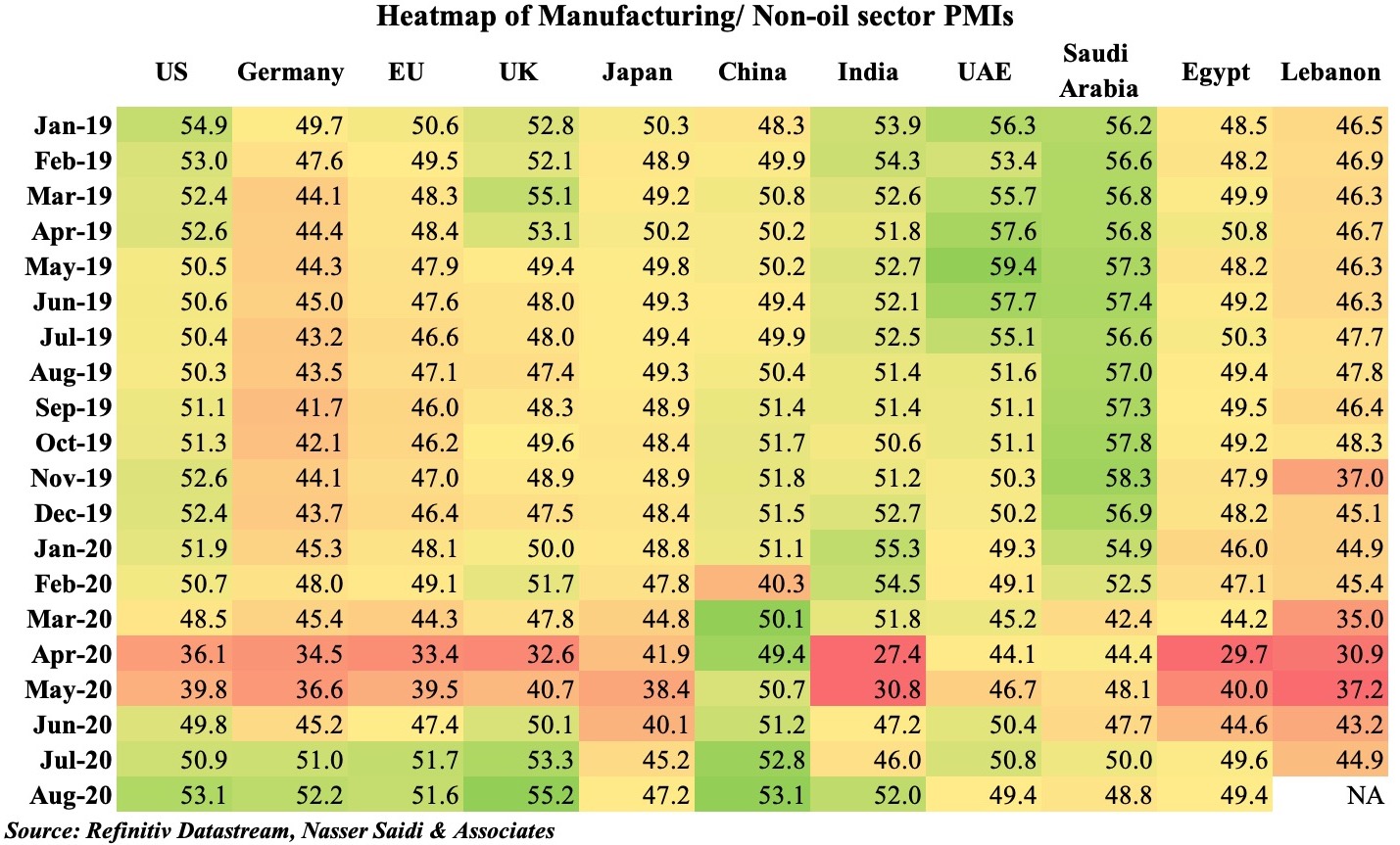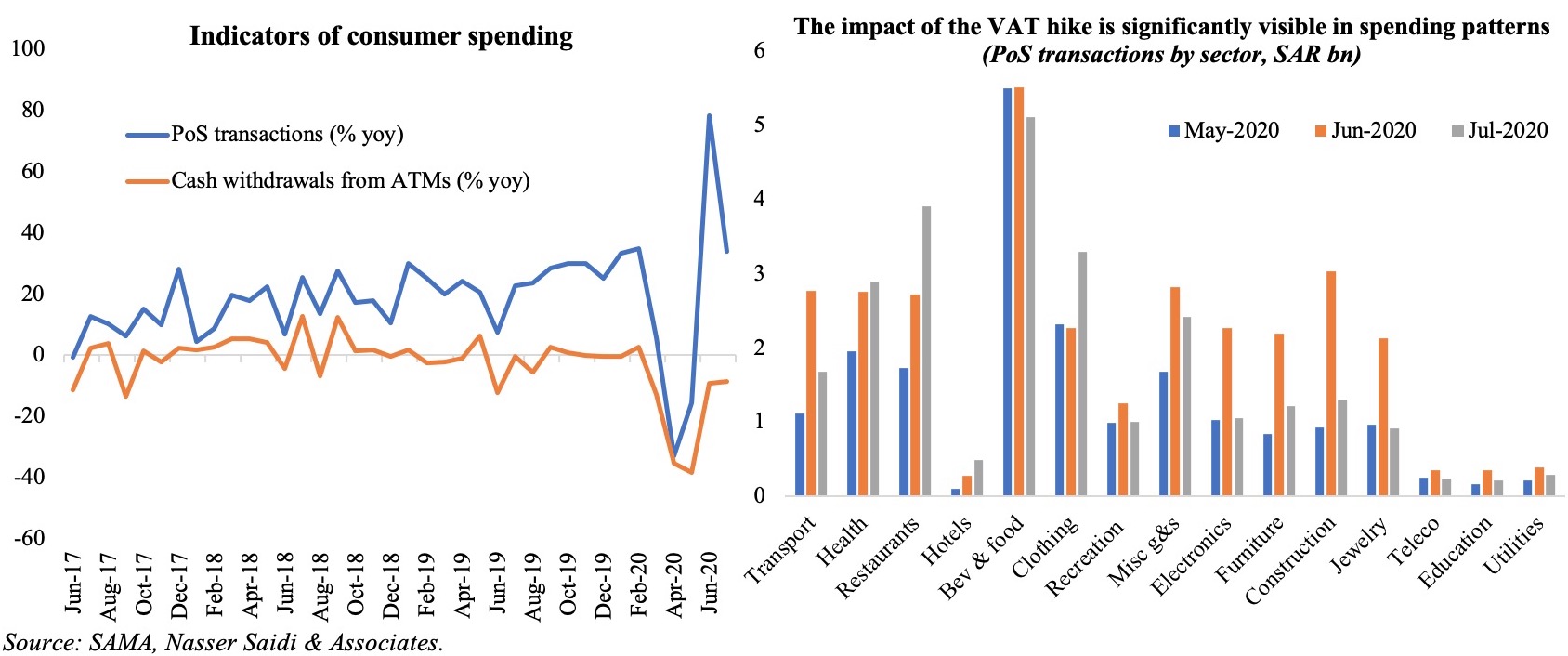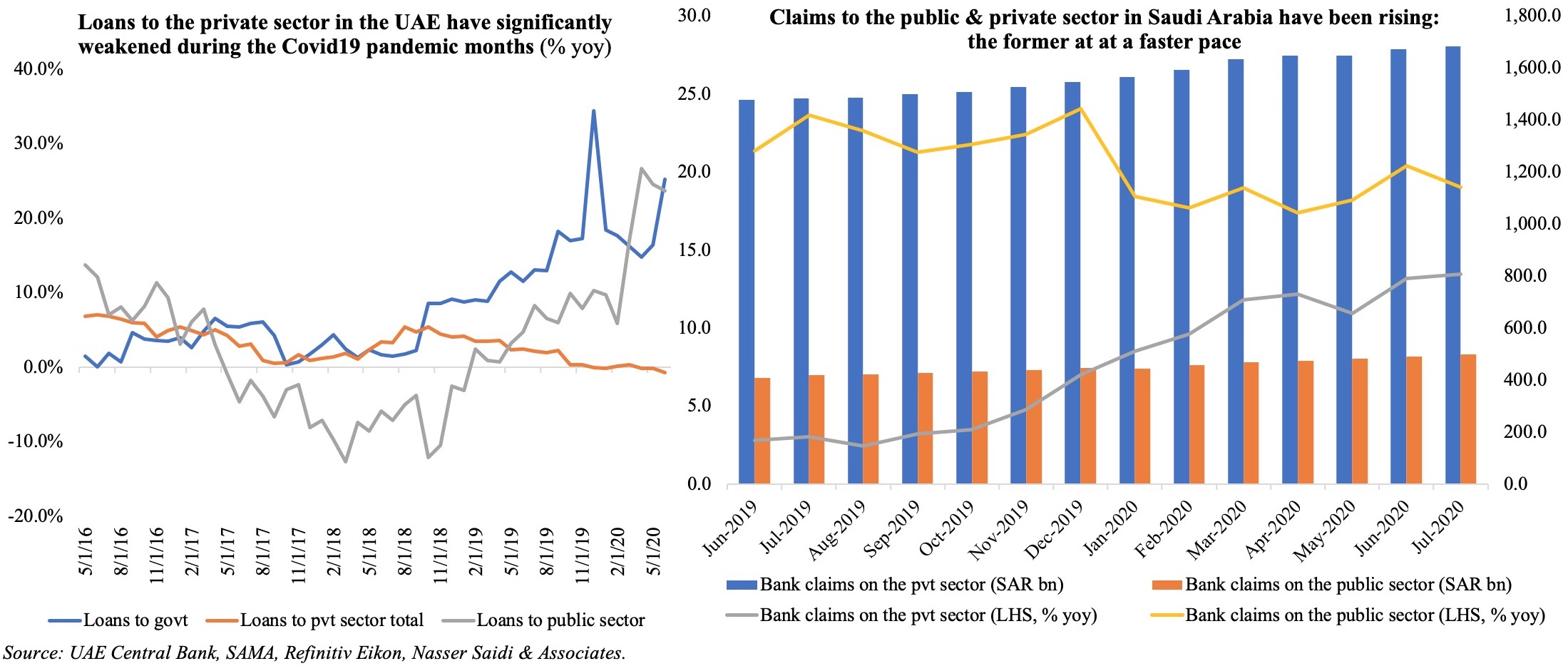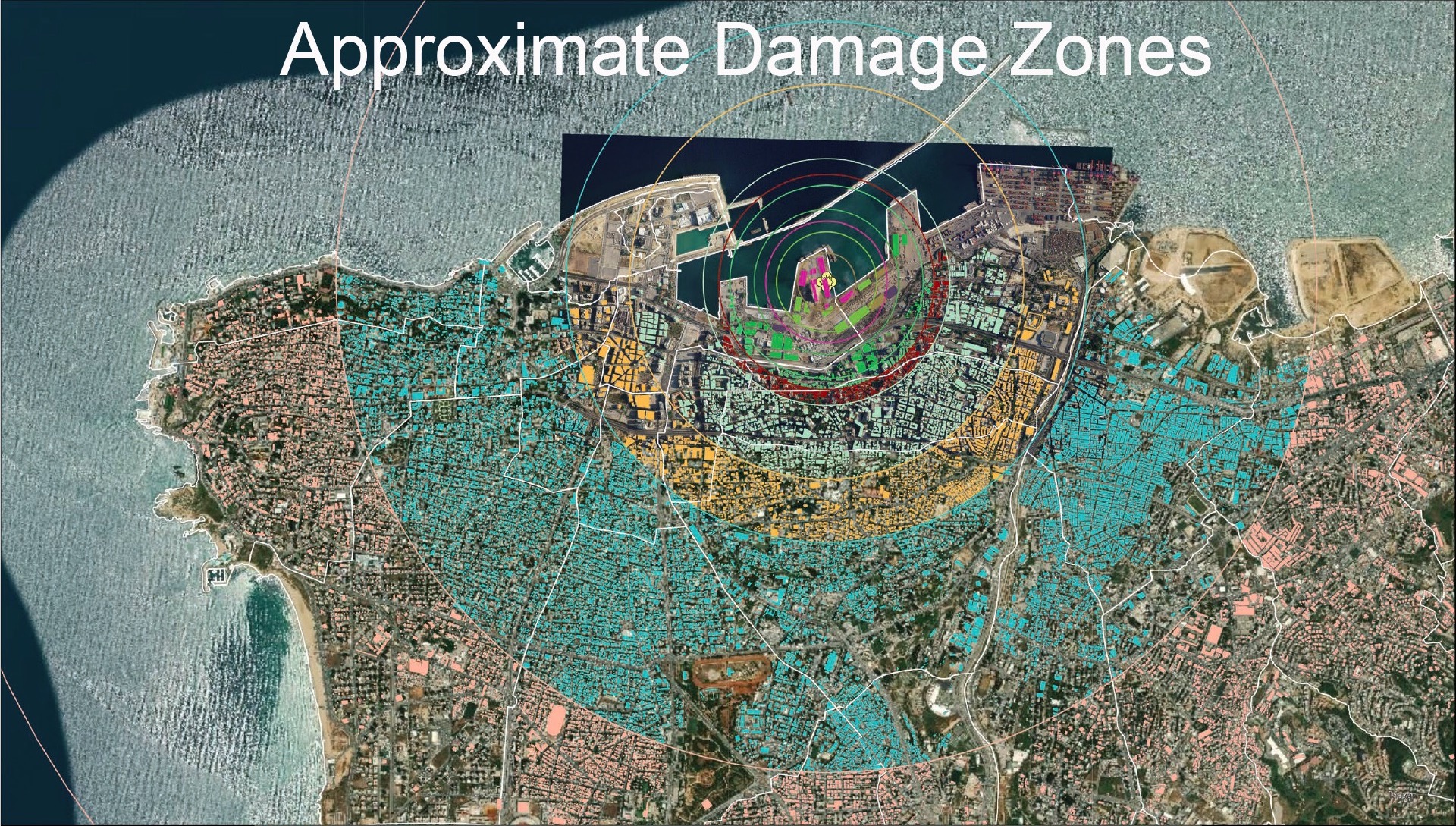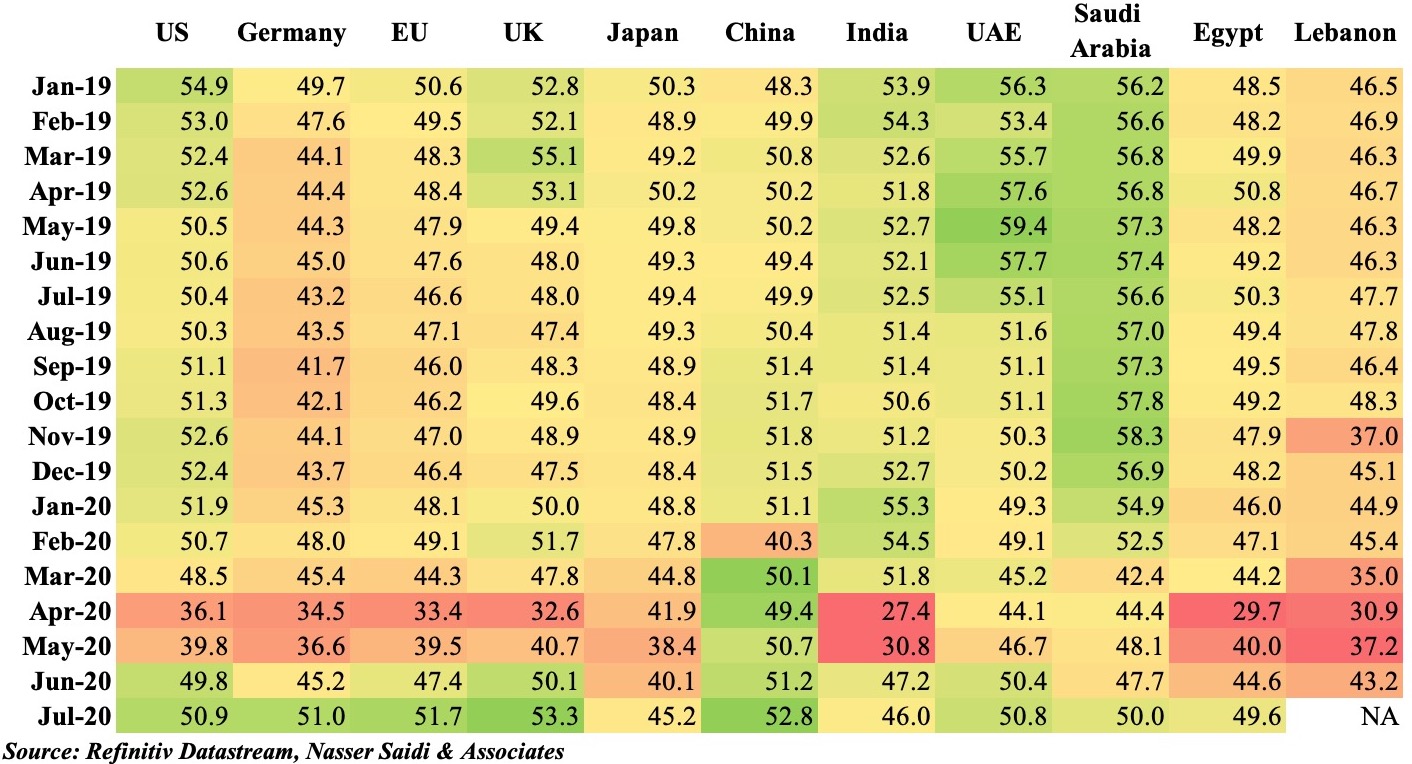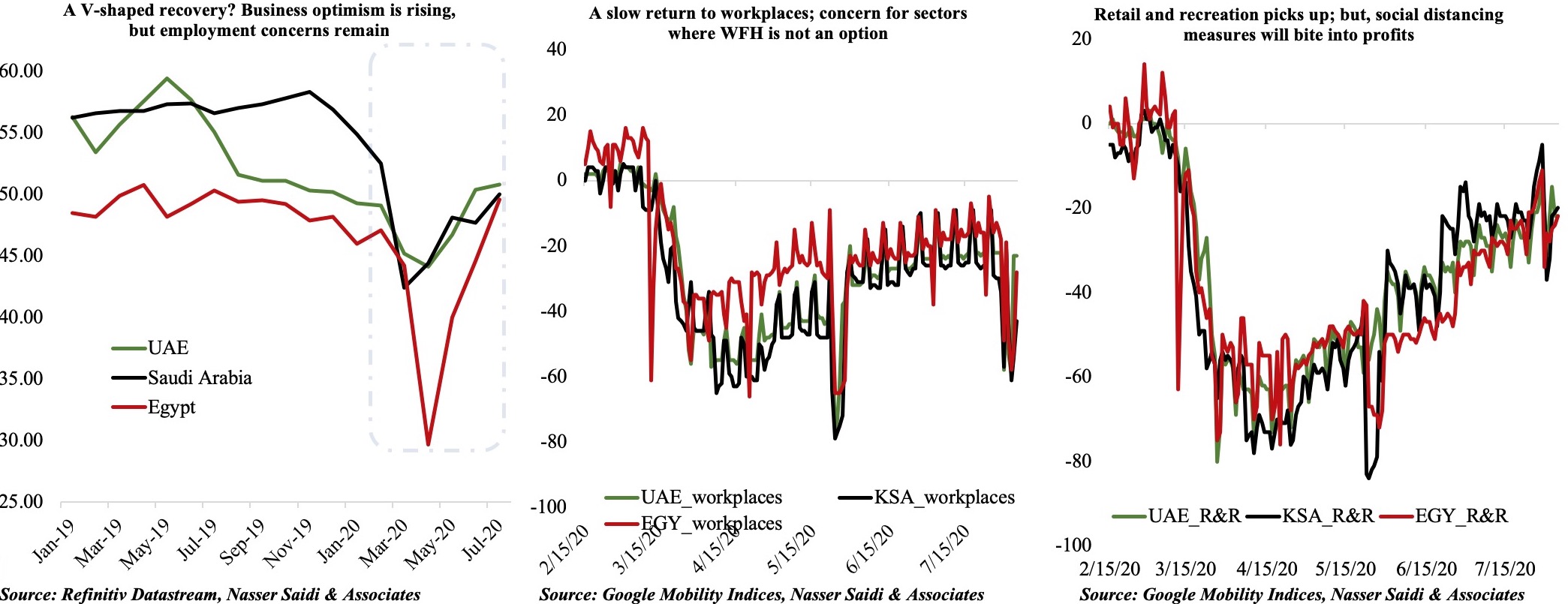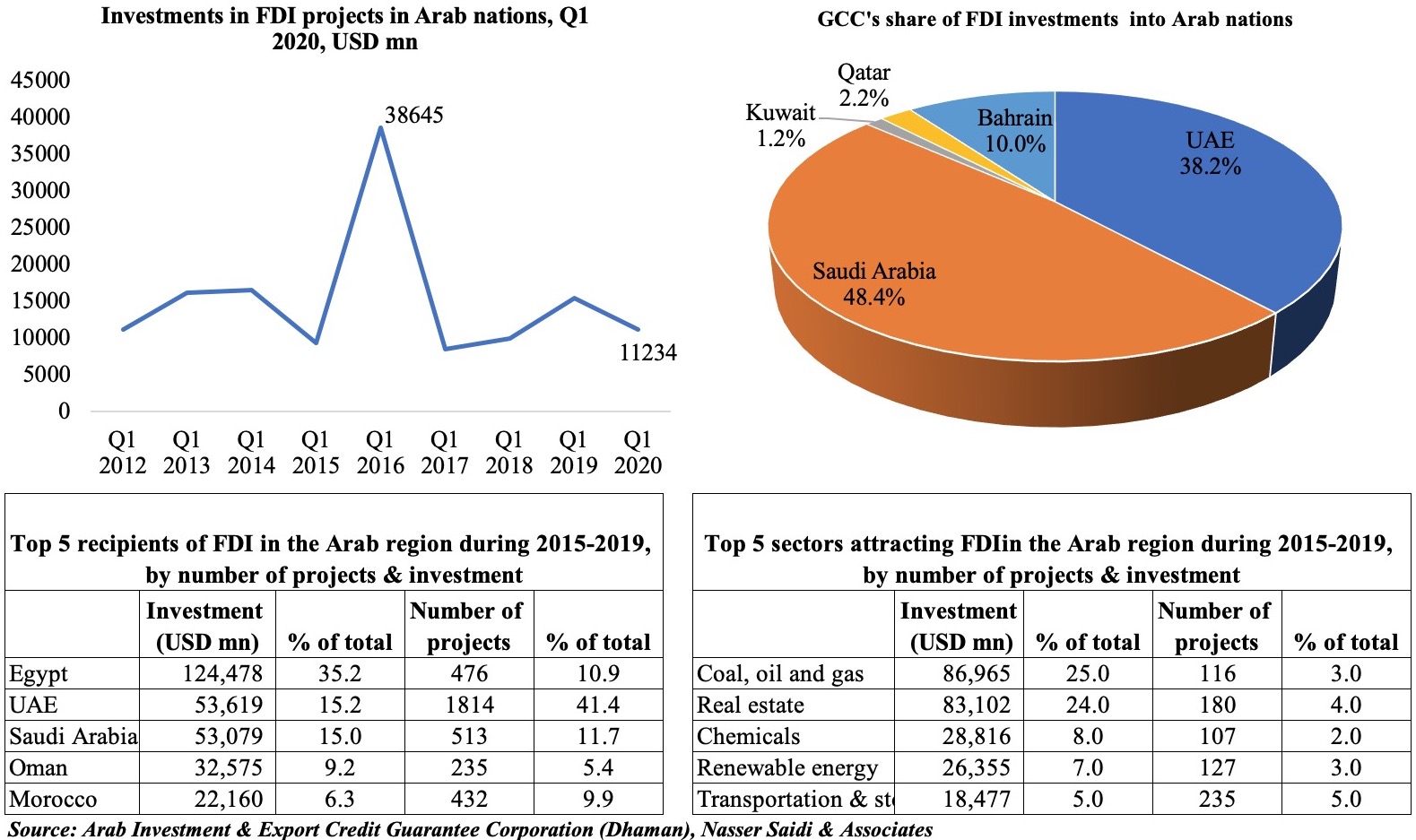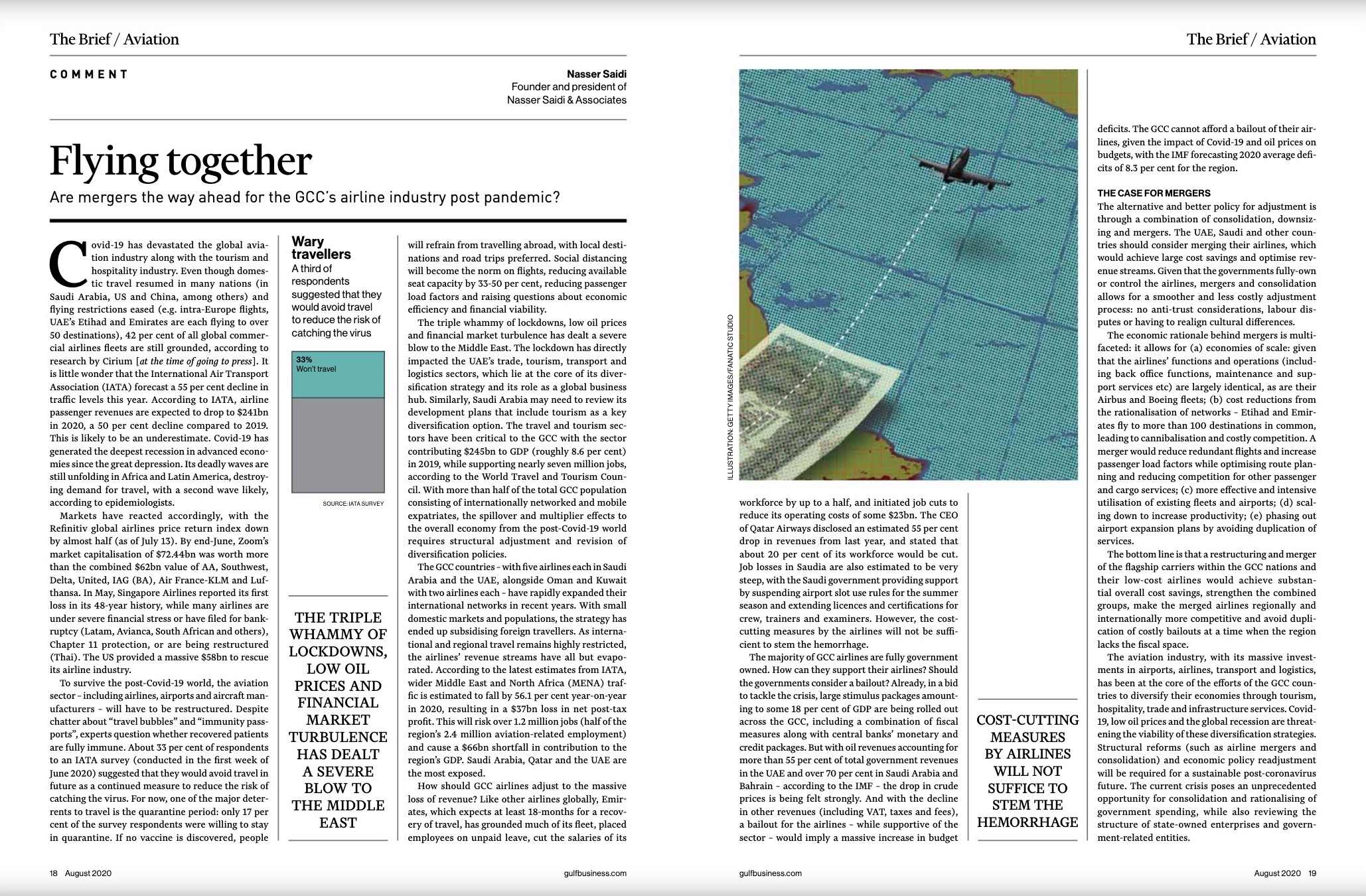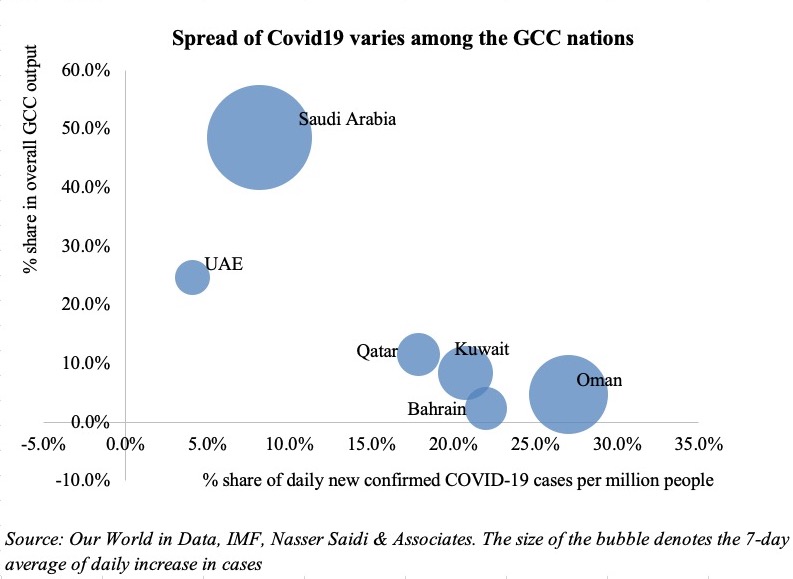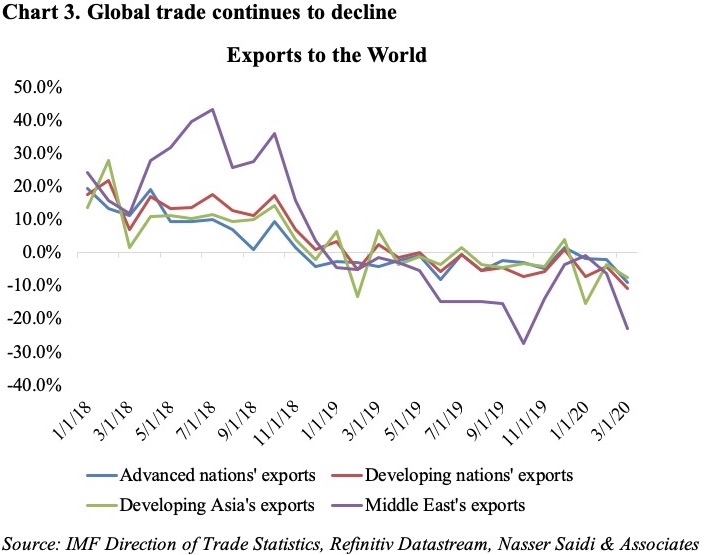Comments on “The ebb and flow of Saudi Arabia’s US Treasury strategy” in Arab News, 25 Oct 2025
Dr. Nasser Saidi’s comments appeared in an Arab News article titled “The ebb and flow of Saudi Arabia’s US Treasury strategy” published on 25th October 2025.
The comments are posted below.
Nasser Saidi, founder and president of Nasser Saidi & Associates, a specialized economic and financial advisory services company, echoed this perspective, emphasizing that the decision is “primarily taken by the Saudi Central Bank, keeping in mind its strategic goals of currency stability, directed partly by the need to hold US dollar as part of international reserves to maintain the dollar peg and liquidity and safety.” For Saidi, who served as Lebanon’s minister of economy and trade and minister of industry from 1998 to 2000, US Treasuries are a critical pillar of stability, as “holding treasuries allows Saudi Arabia to meet its international payment obligations — finance imports, service external debt, portfolio, and capital flows — provide a buffer against oil revenue shocks, while also generating a steady, low-risk stream of income.”
Saidi pointed to multiple drivers behind these shifts, noting that the rise until September 2024 reflected the Saudi Central Bank, known as SAMA, capitalizing on higher US interest rates, supported by strong oil revenues from the preceding period.
He added that the drop to a six-year low of $108 billion in June 2023 followed a significant transfer of funds to the Public Investment Fund, and the subsequent rise reflected Aramco dividend transfers, which “would have some impact on inflows of US dollar into the central bank in 2024.”
Speaking to Arab News, Saidi explained that the decline to $126.4 billion by February “is likely a combination of factors – expectations that interest rates would stay higher for longer plus a soft landing in the US, portfolio rebalancing away toward higher-yield investments in the backdrop of lower oil production and prices, SAMA withdrawing to meet domestic spending needs / managing liquidity in the banking system,” adding that after a return to stabilization was seen.
For Saidi, the pattern underscores that “SAMA acts as both the traditional central bank, and also actively manages its reserve holdings to accommodate funding needs as per Vision 2030, mainly via the PIF.”
The interplay between SAMA and the PIF is central to understanding the bigger picture. Saidi explained that their mandates are different as SAMA’s role is to provide currency, banking, and financial market stability, dictating conservative policies.
Saidi emphasized that US Treasuries will likely remain the anchor of SAMA’s portfolio due to the dollar peg, but the PIF’s strategy points to greater diversification in the non-reserve segment, with more aggressive investments in private equity, infrastructure, and renewables, as well as artificial intelligence, data centers, technology, and other asset classes.
“Saudi [Arabia] is unlikely to fully abandon the US dollar, despite de-dollarization talks, but expect more diversification and the prospect of a greater role for the Petro-Yuan, given the growing trade and investment links with China, increased holdings in other currencies for trade purposes, and increased holding of gold as a hedge,” Saidi, who has also served as vice governor of the Central Bank of Lebanon for two successive mandates, said.
He added that people should be prepared for the rollout and increased use of a central bank digital currency, a digital riyal, for cross-border transactions as well in the near future.

